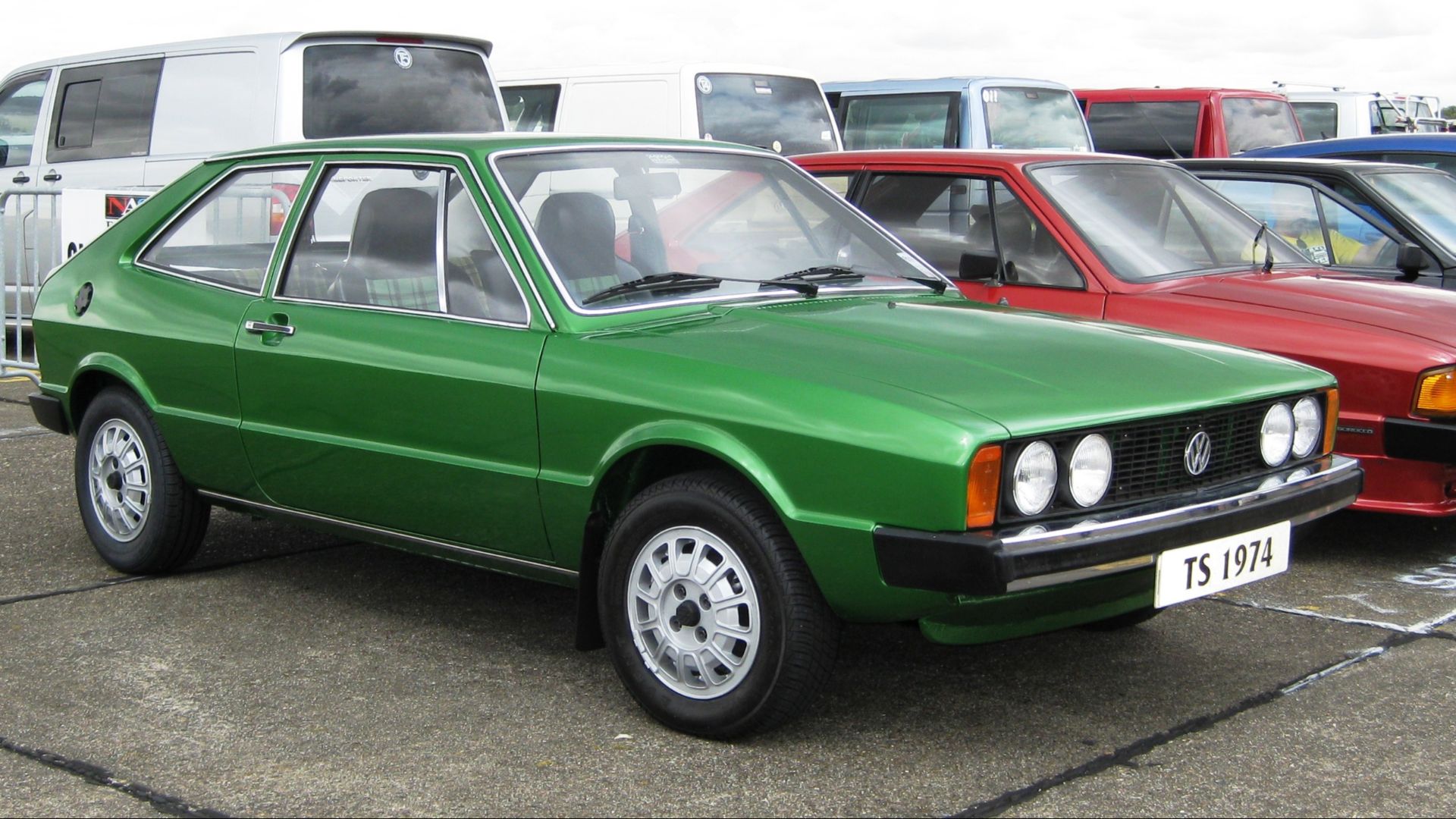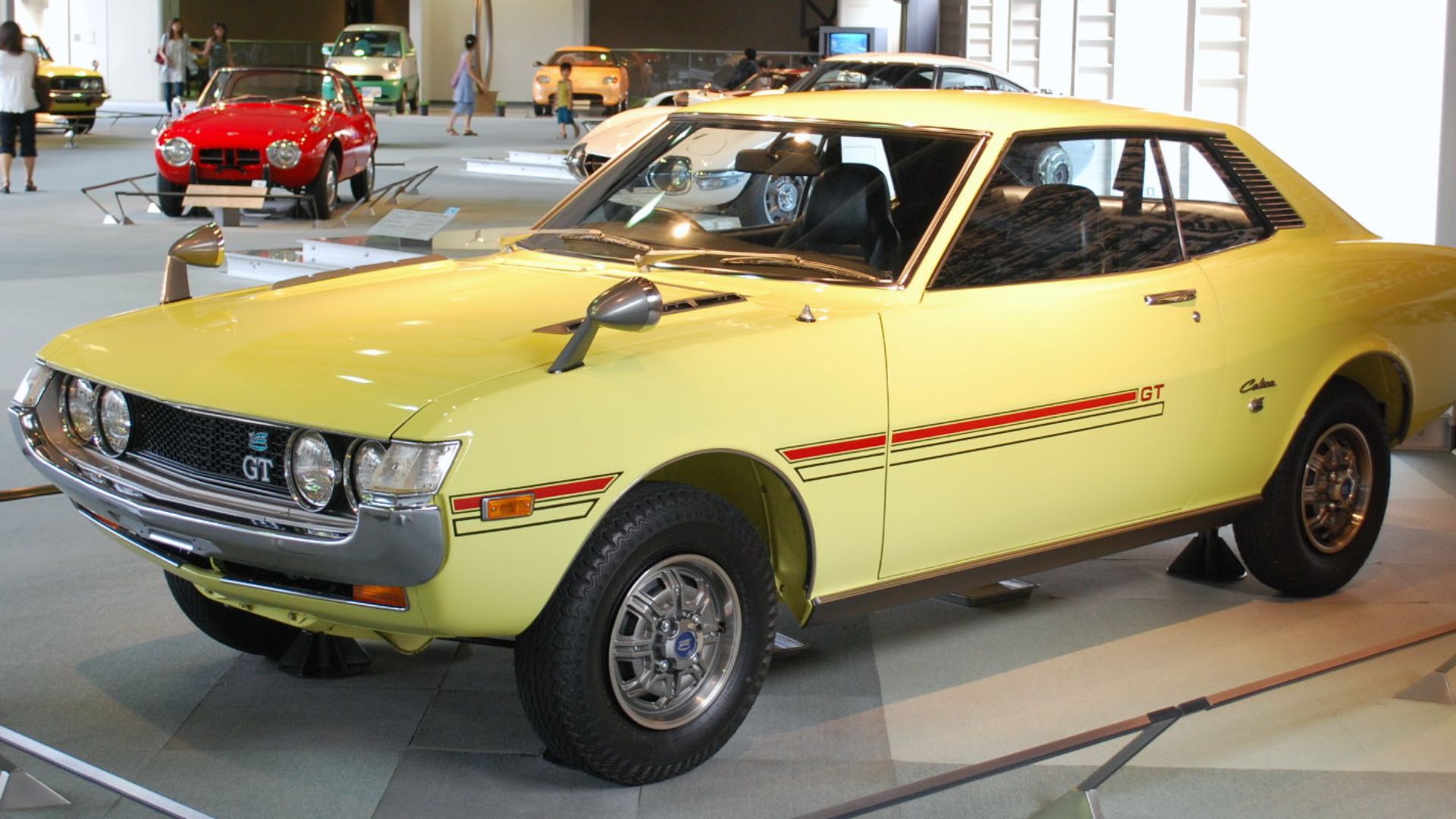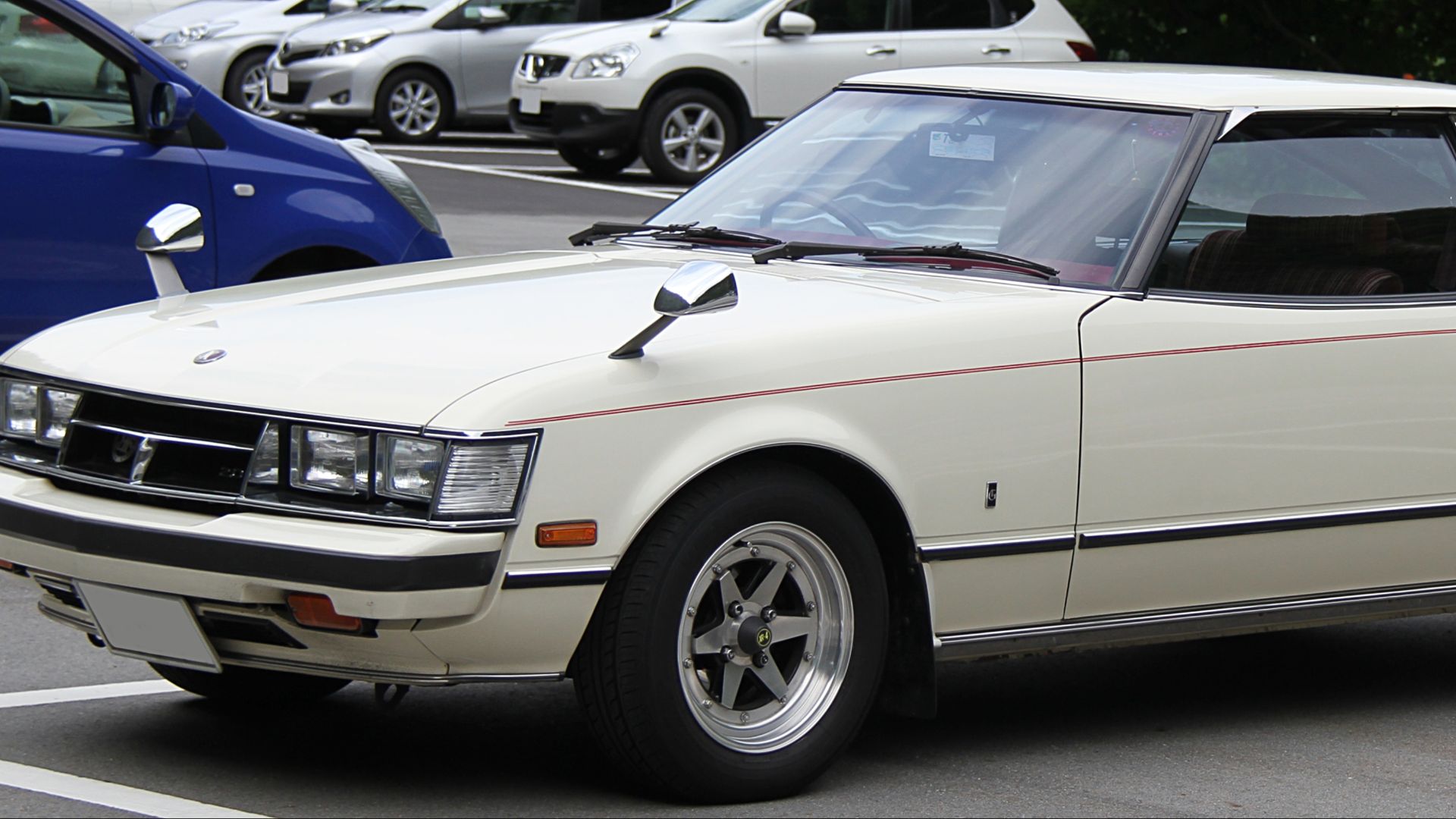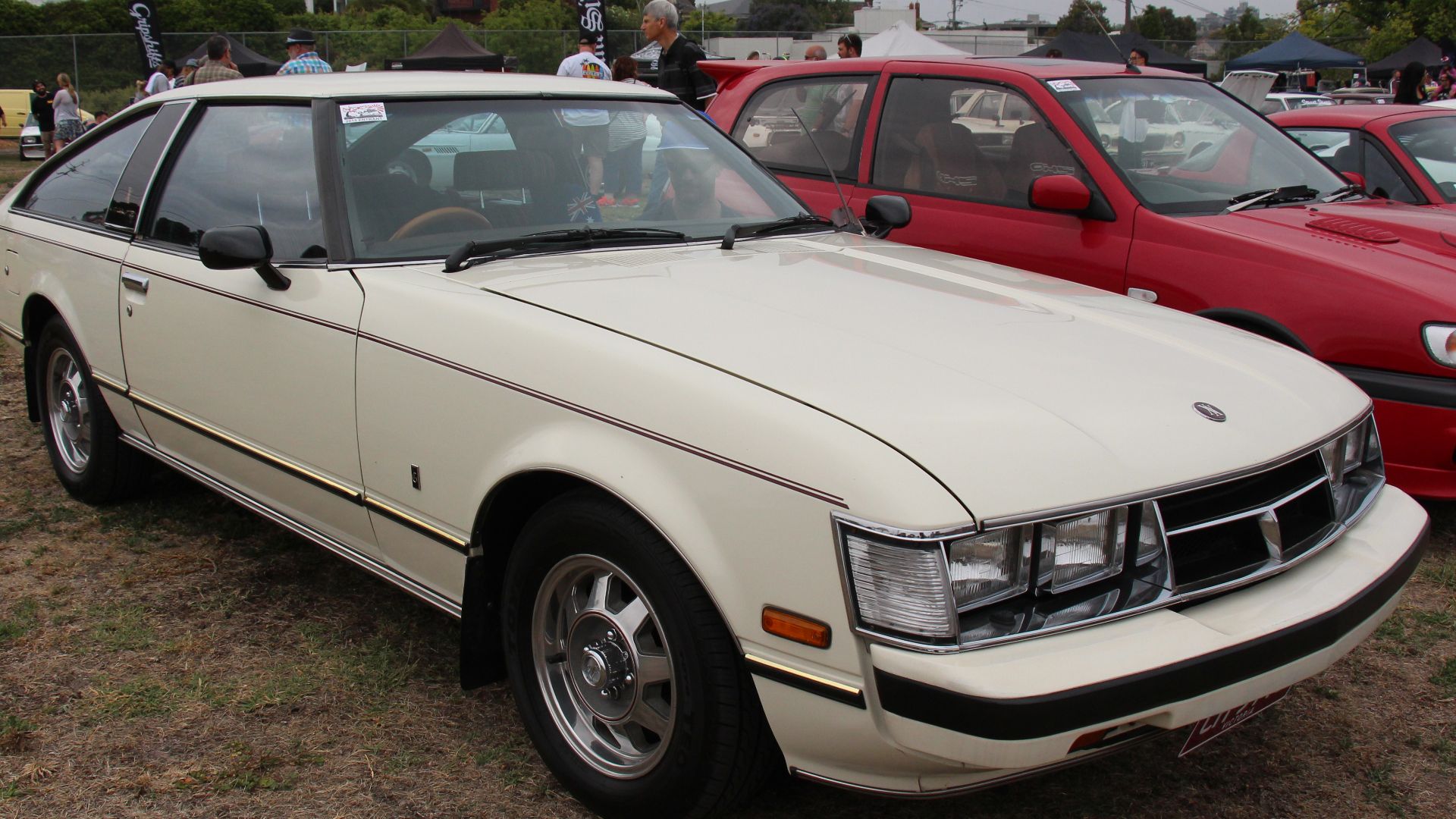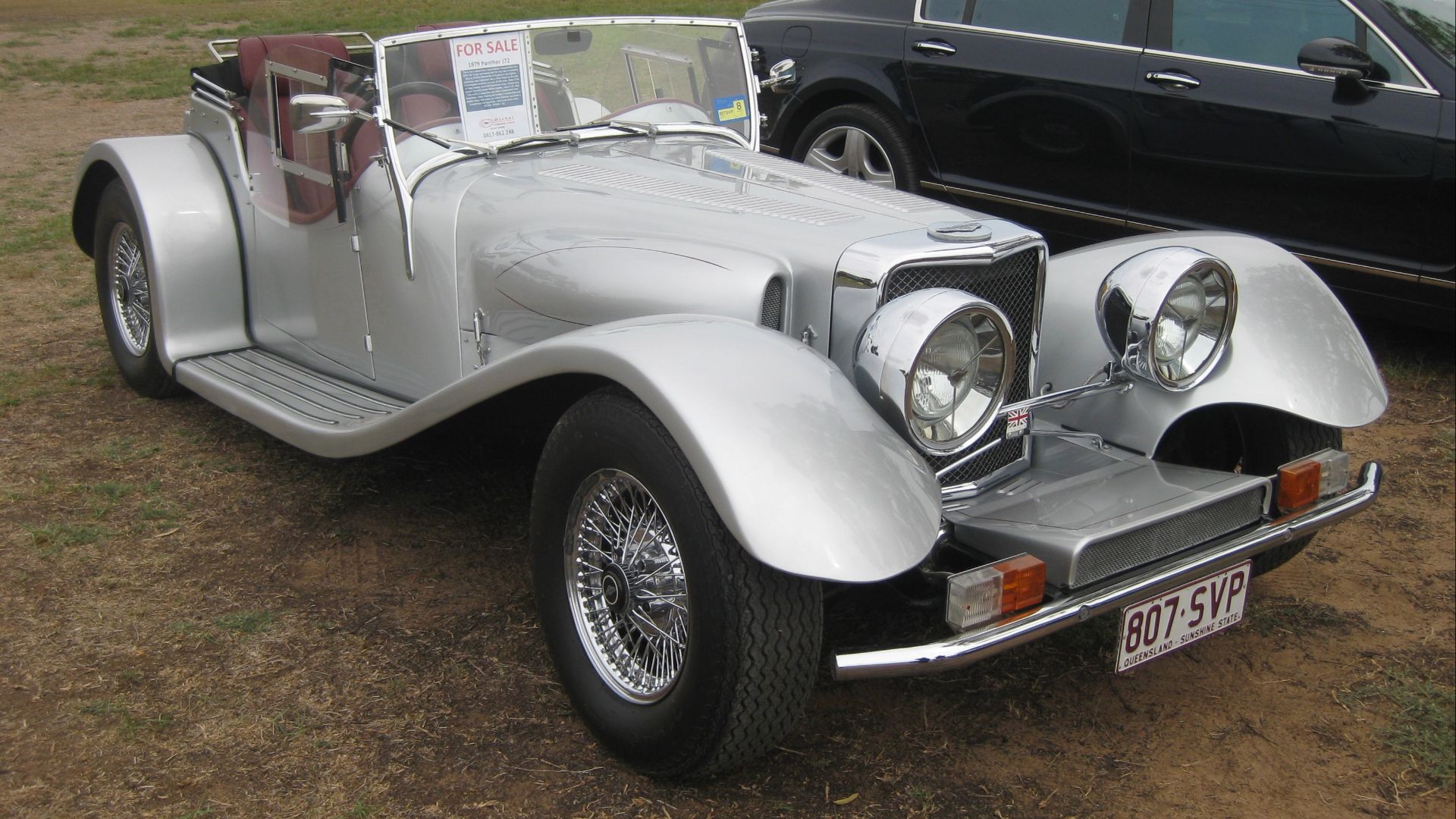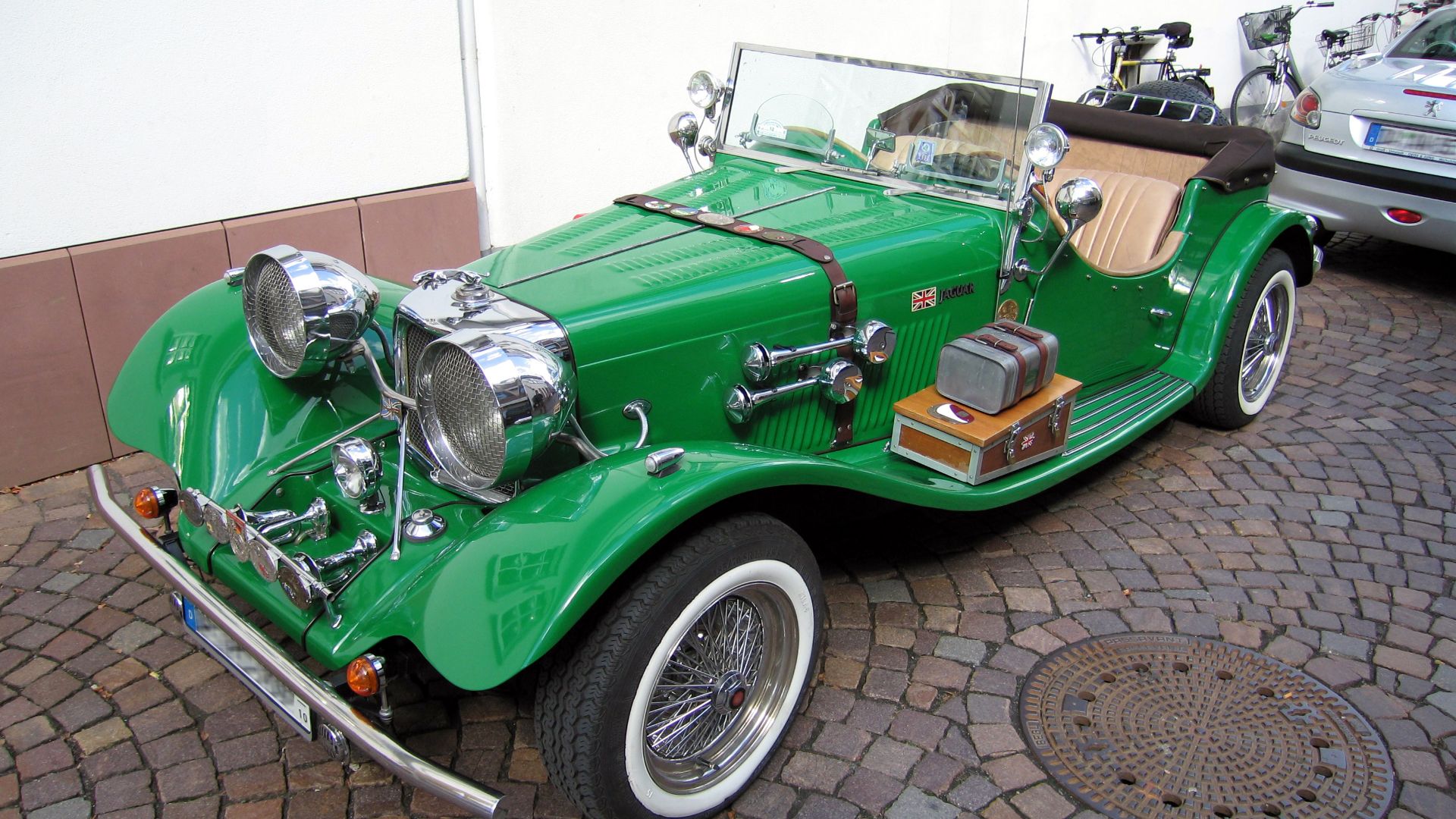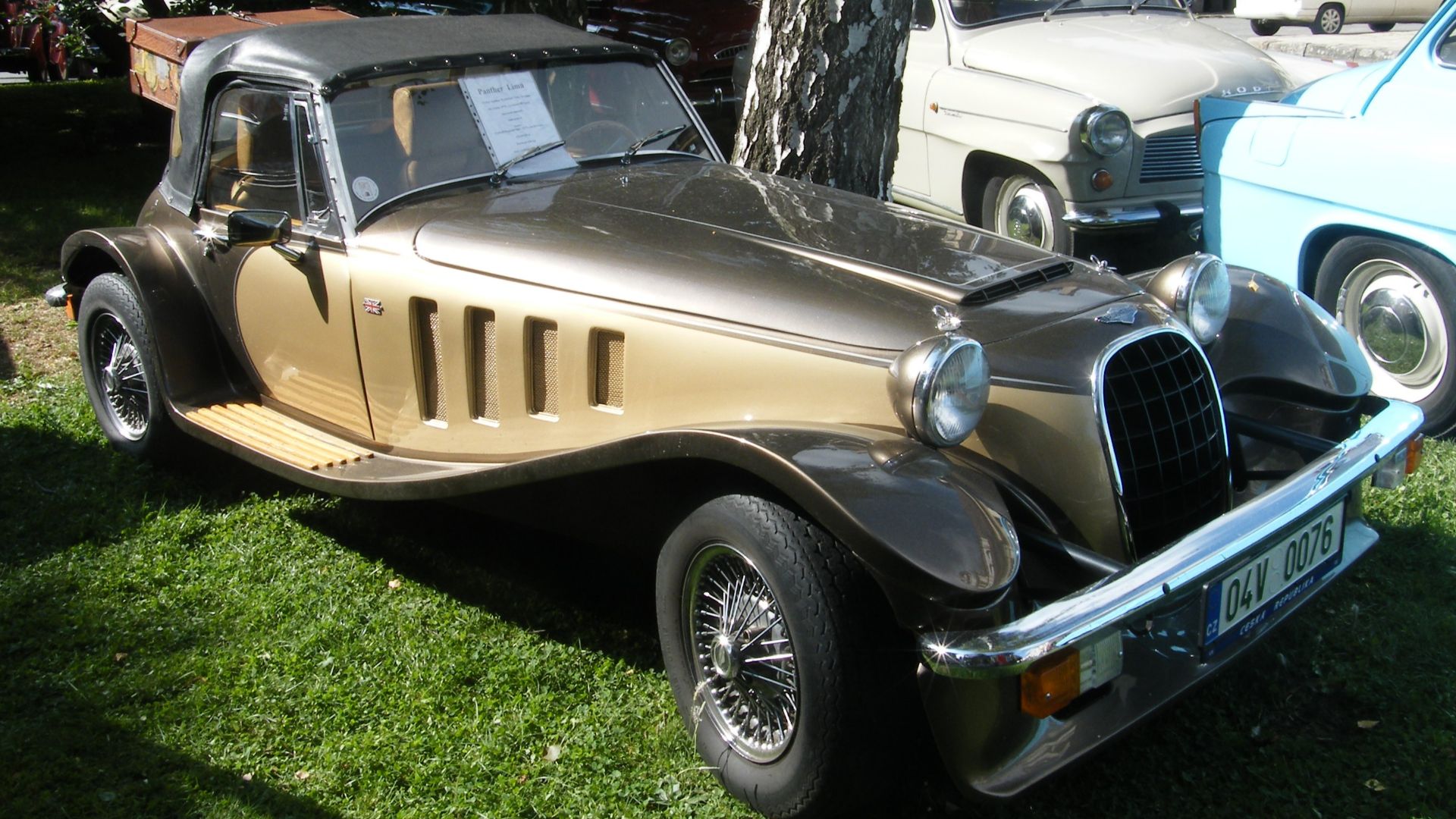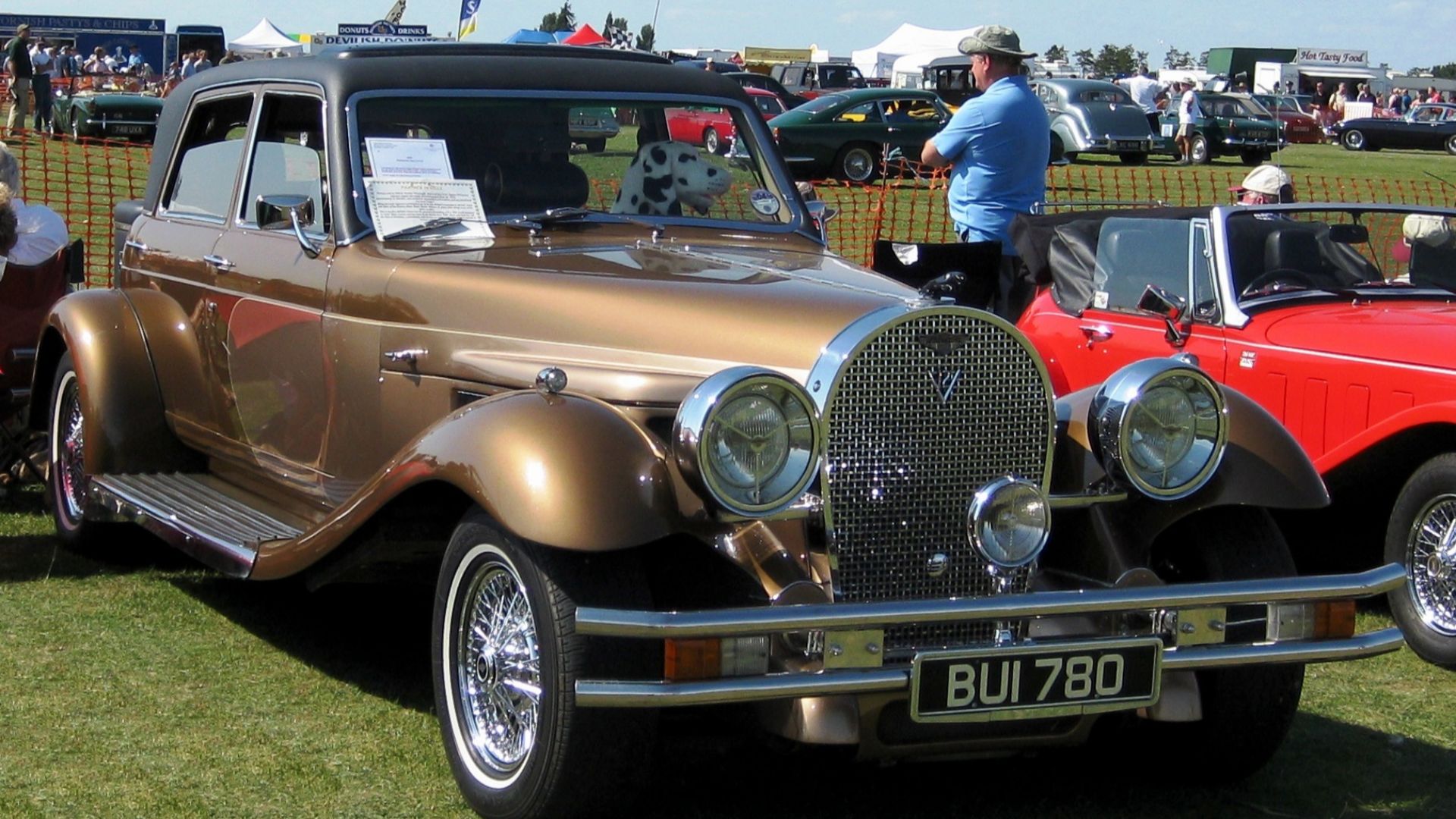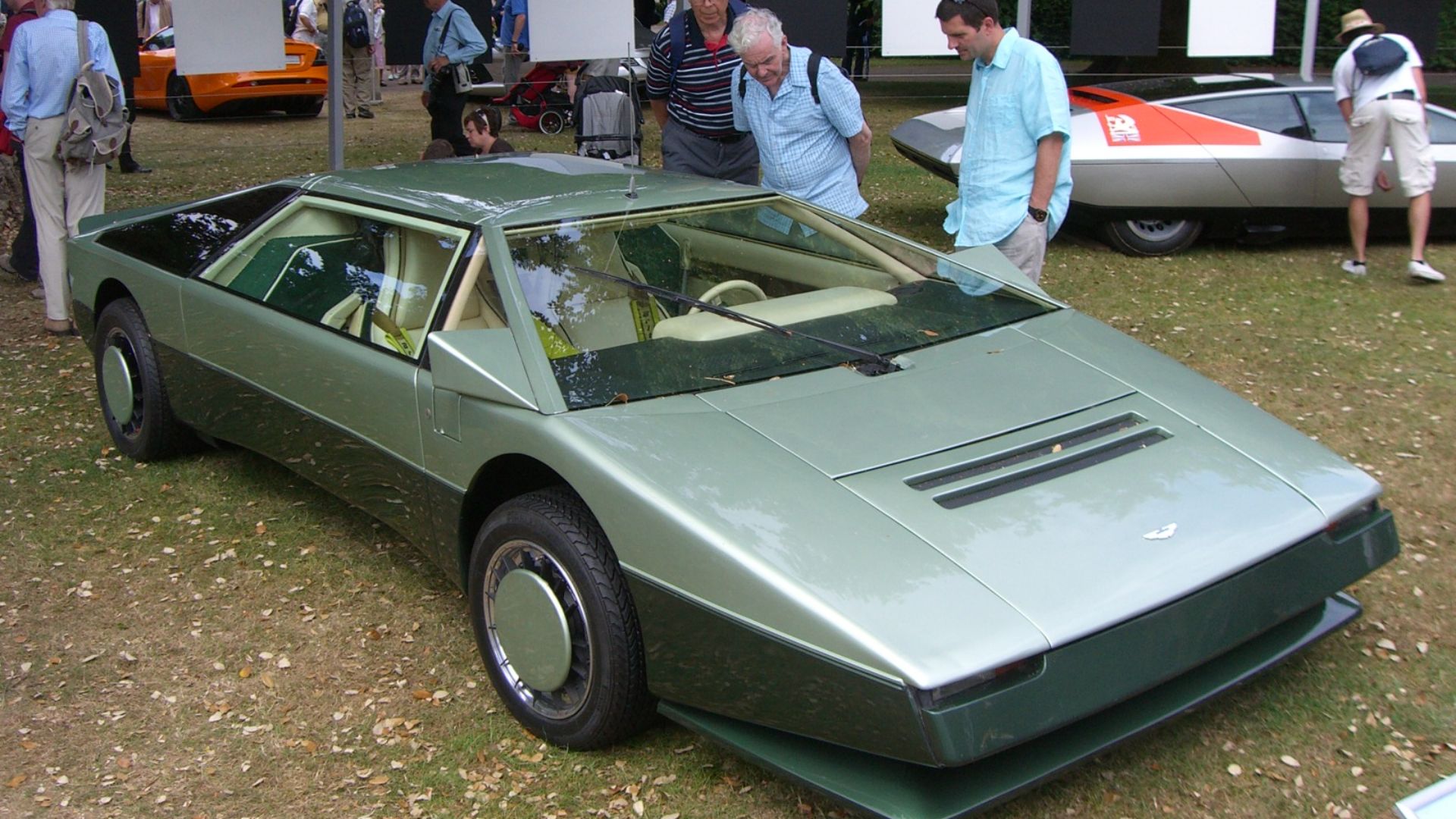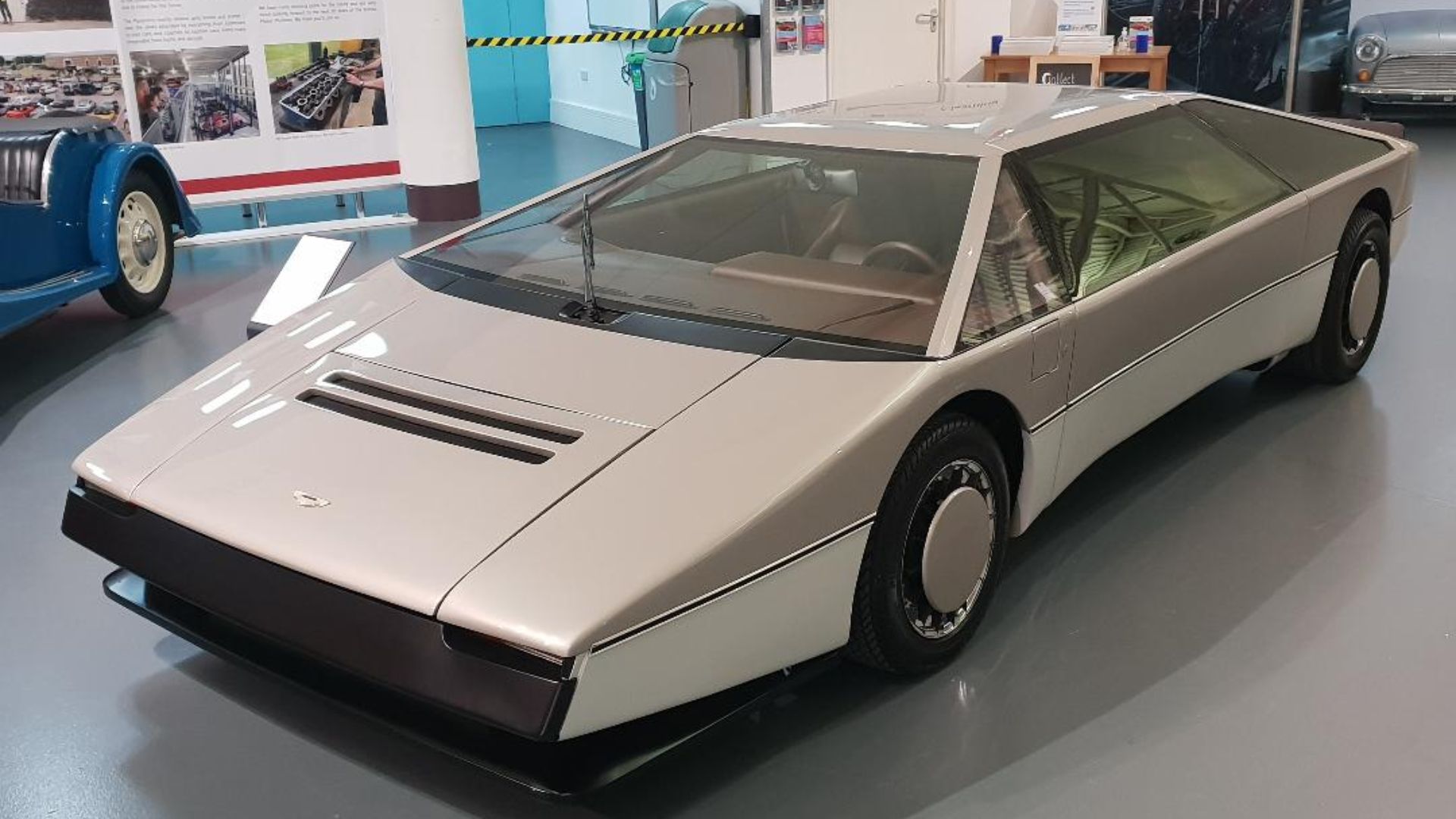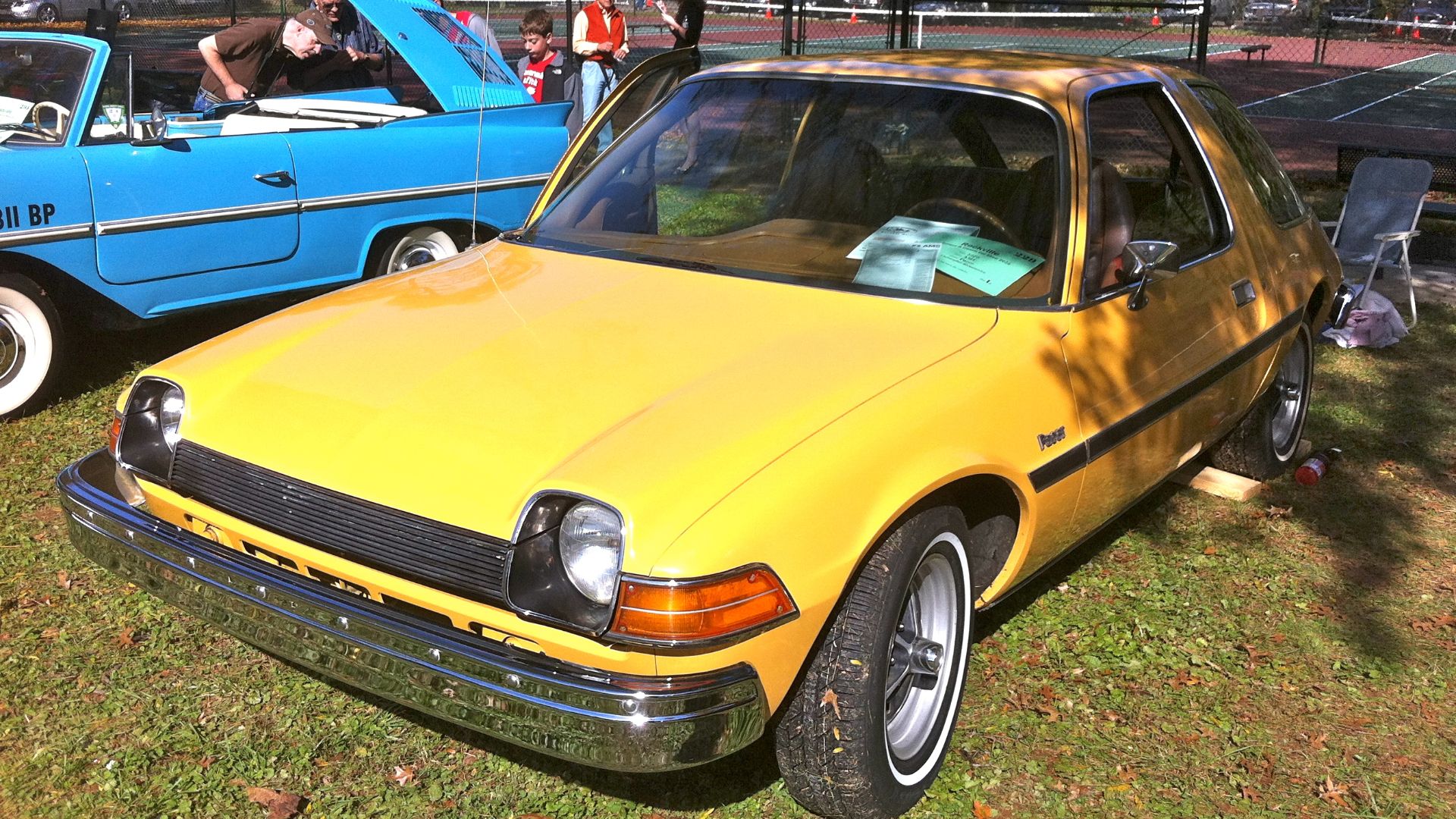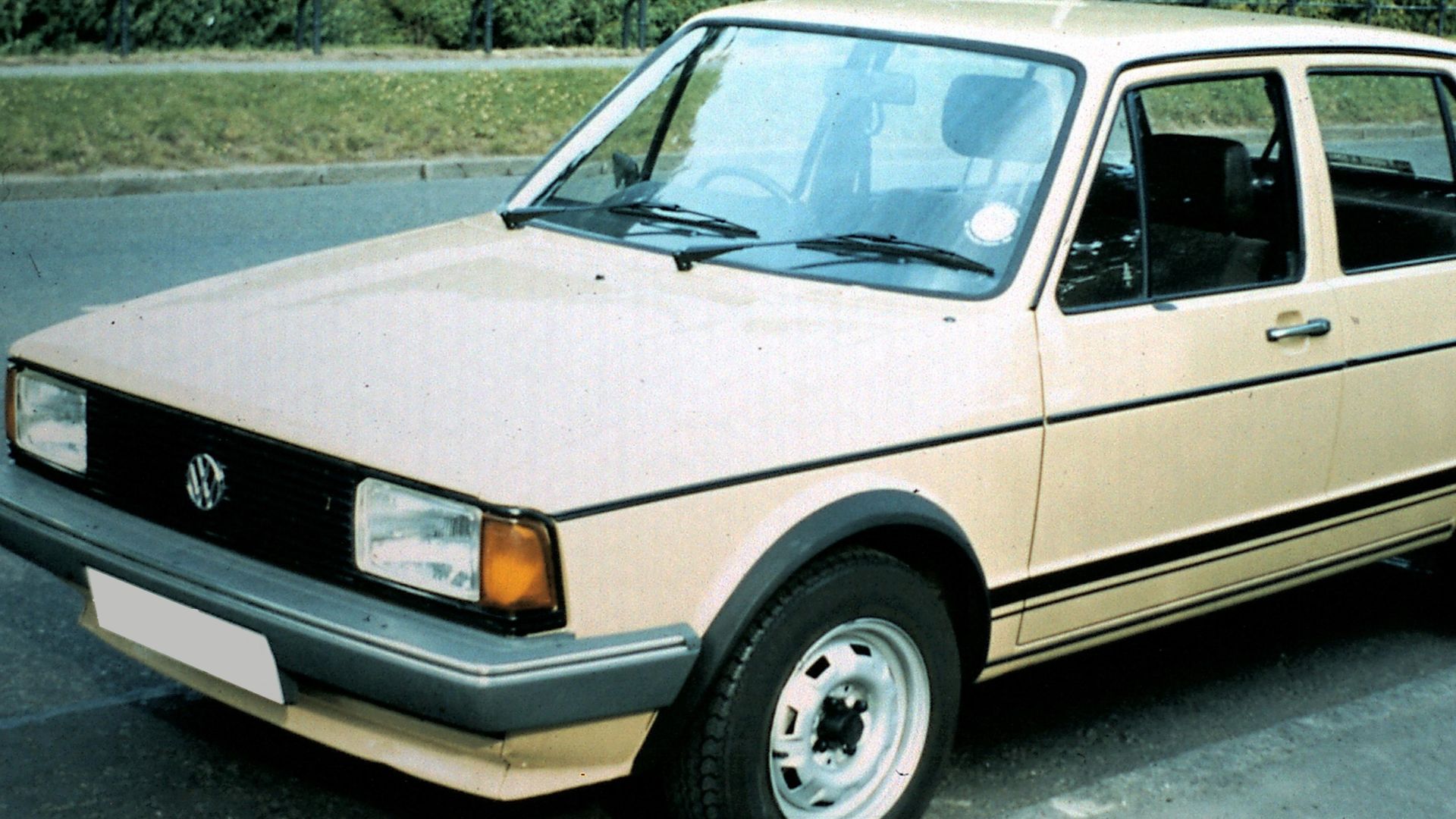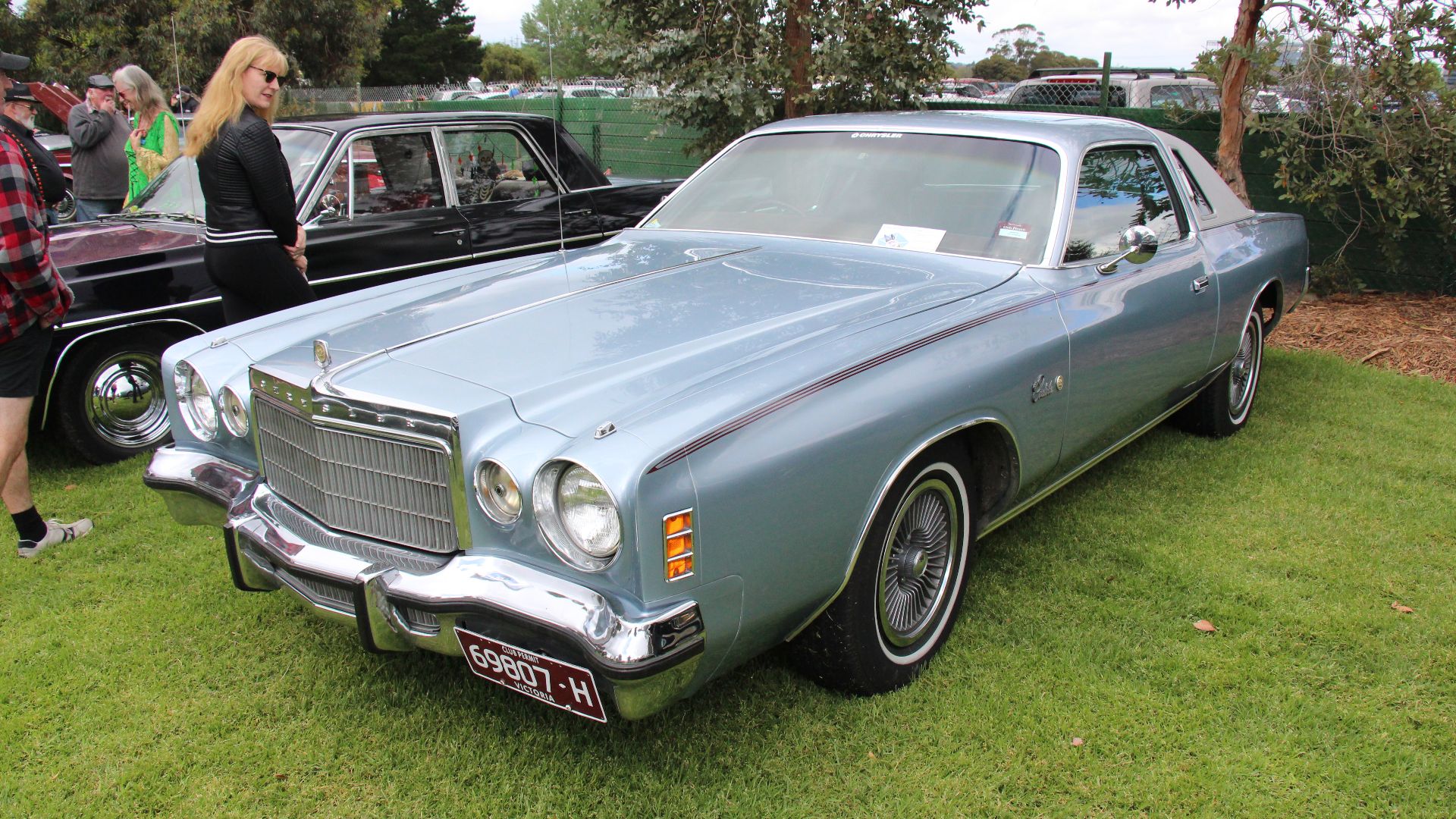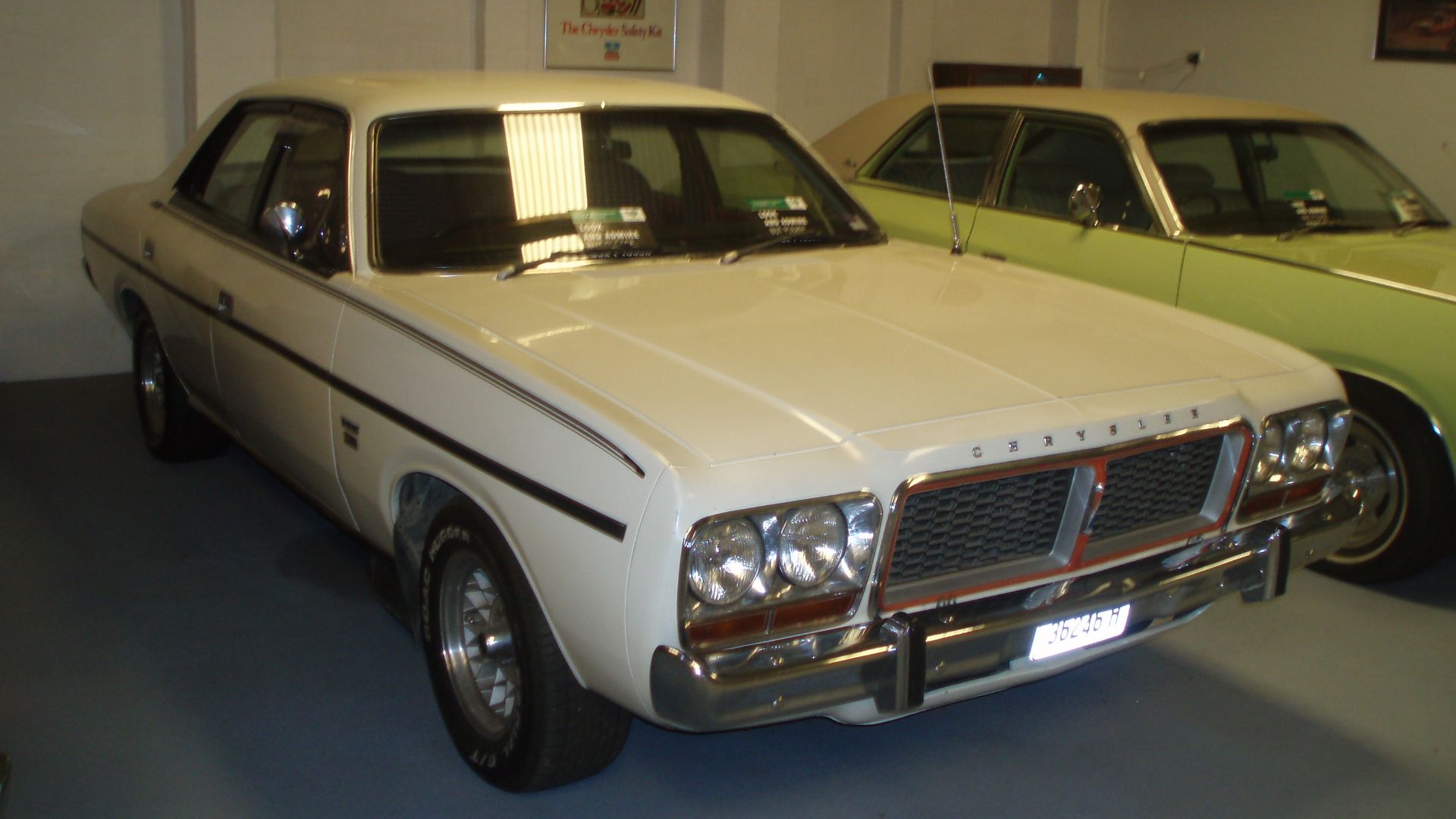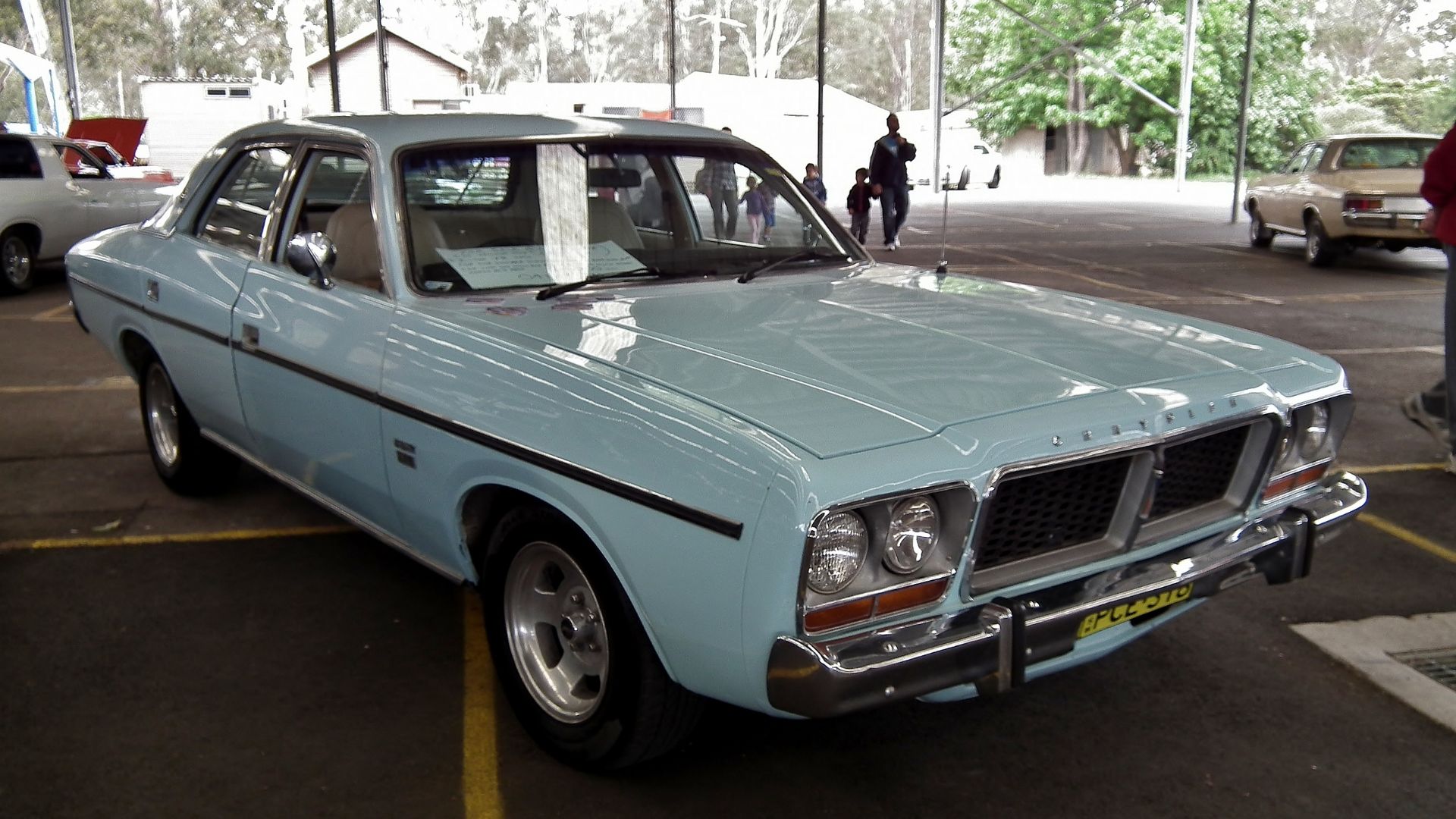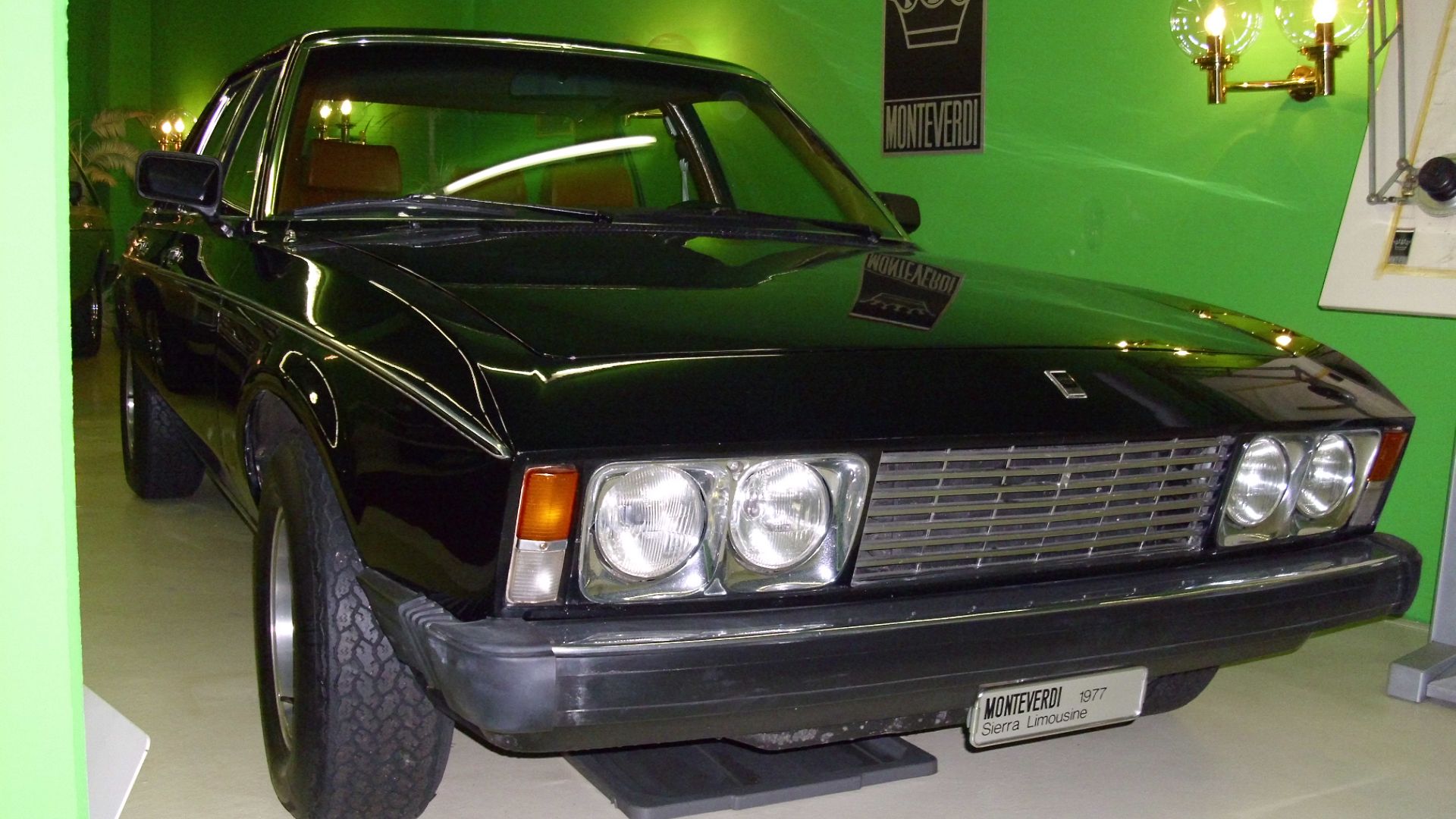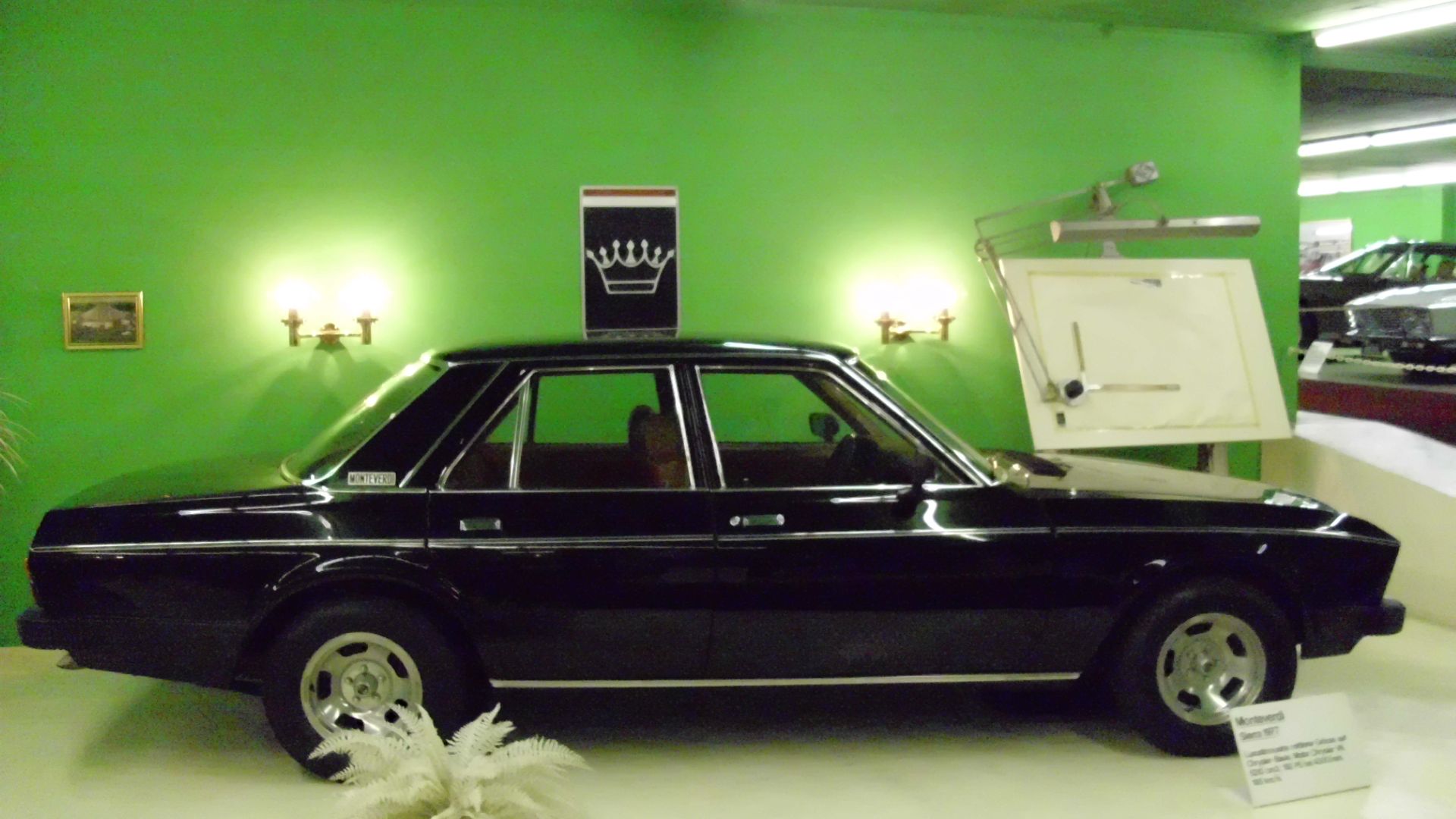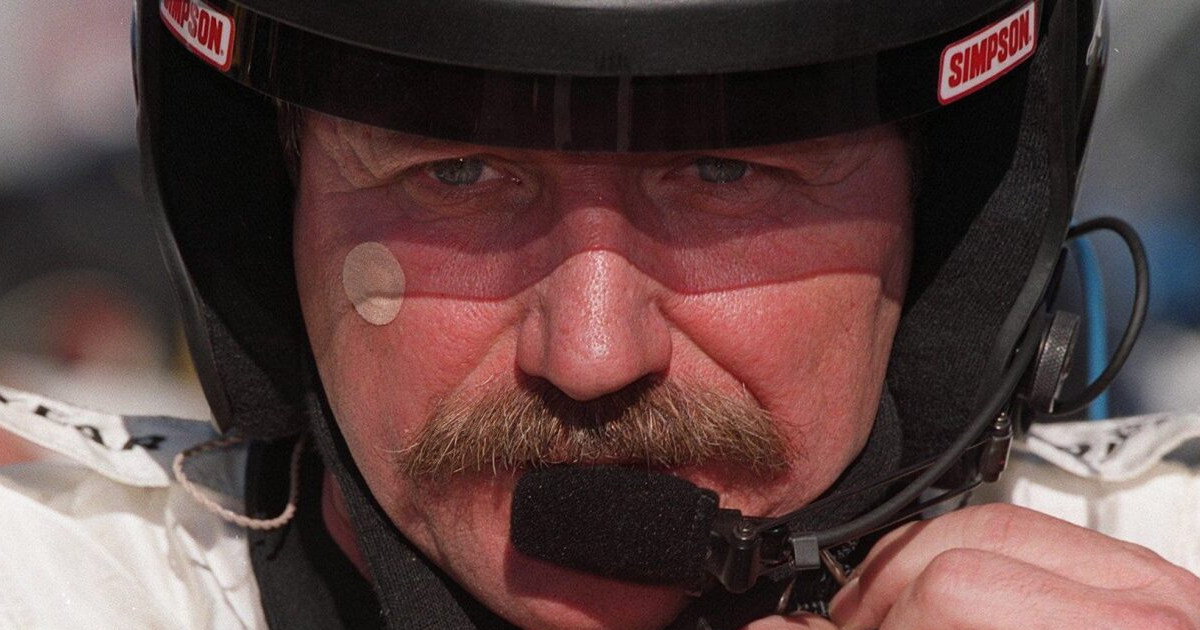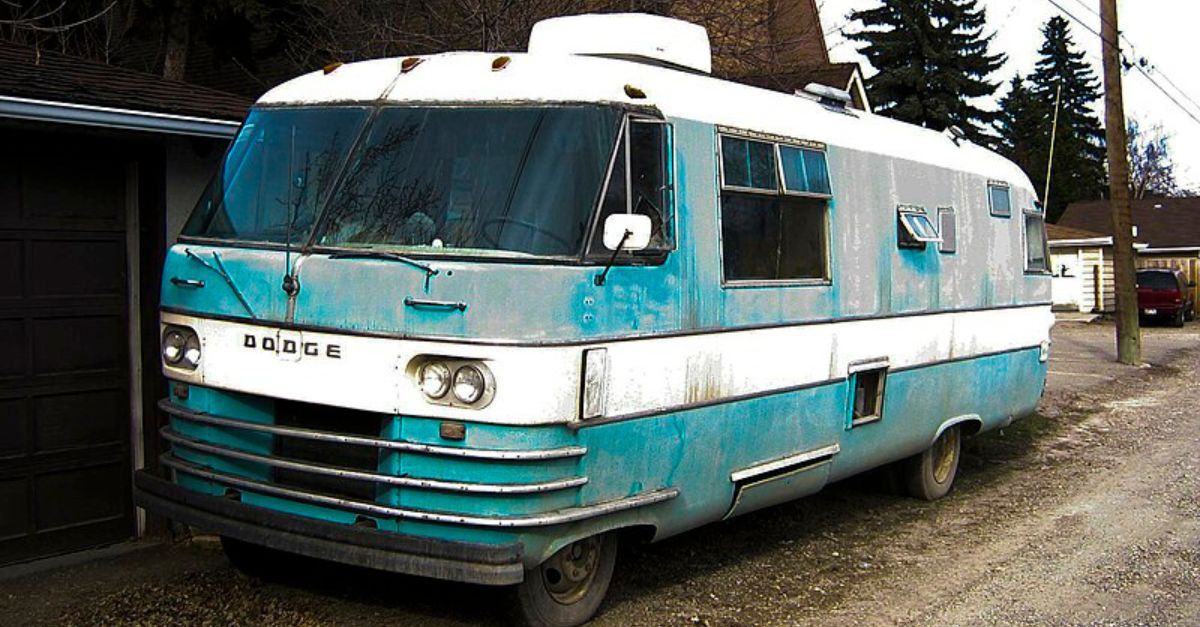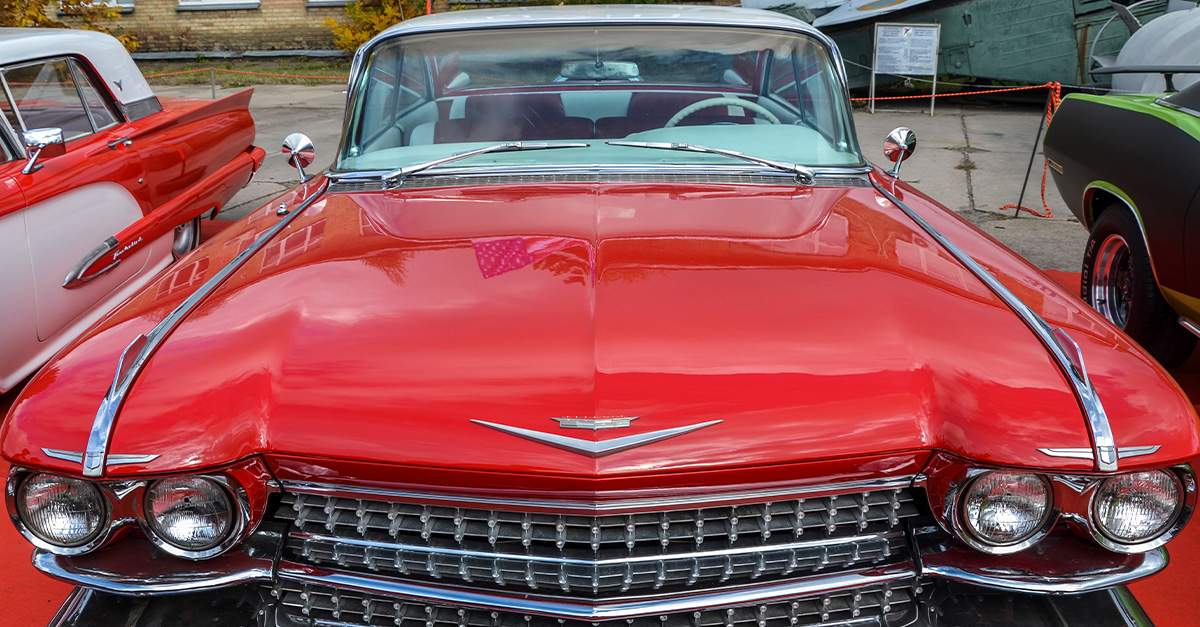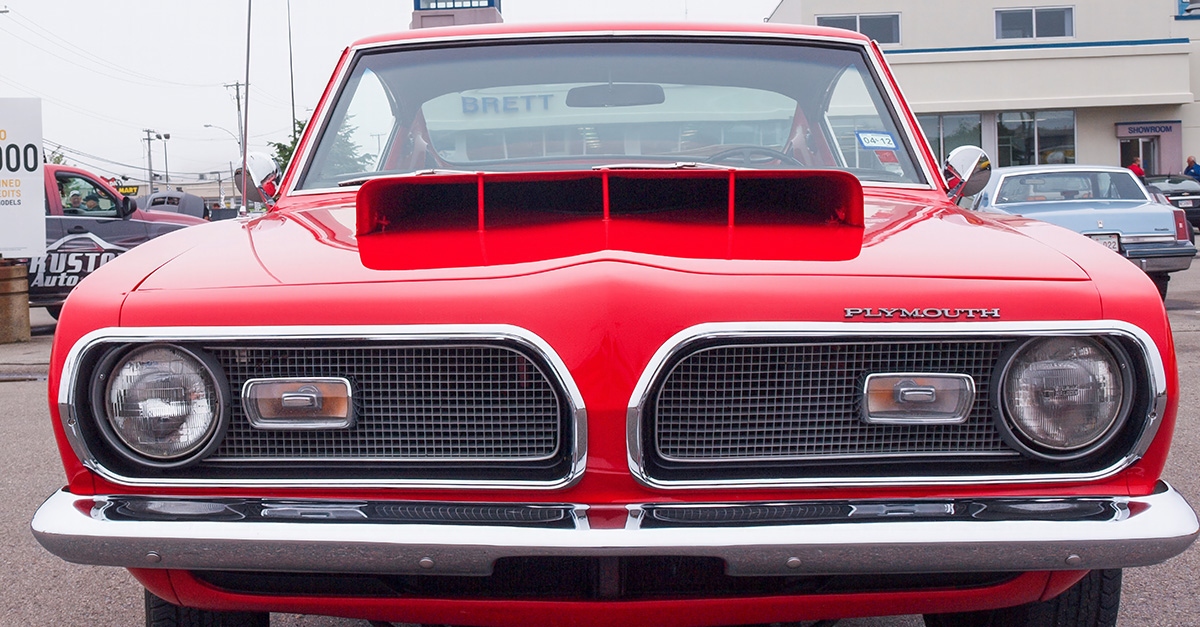Defining An Era
The 70s gave zero apologies and fewer explanations for its automotive madness. Detroit panicked, Japan advanced, and Europe experimented. Yet somehow, despite economic chaos, they created machines we still obsess over half a century later.
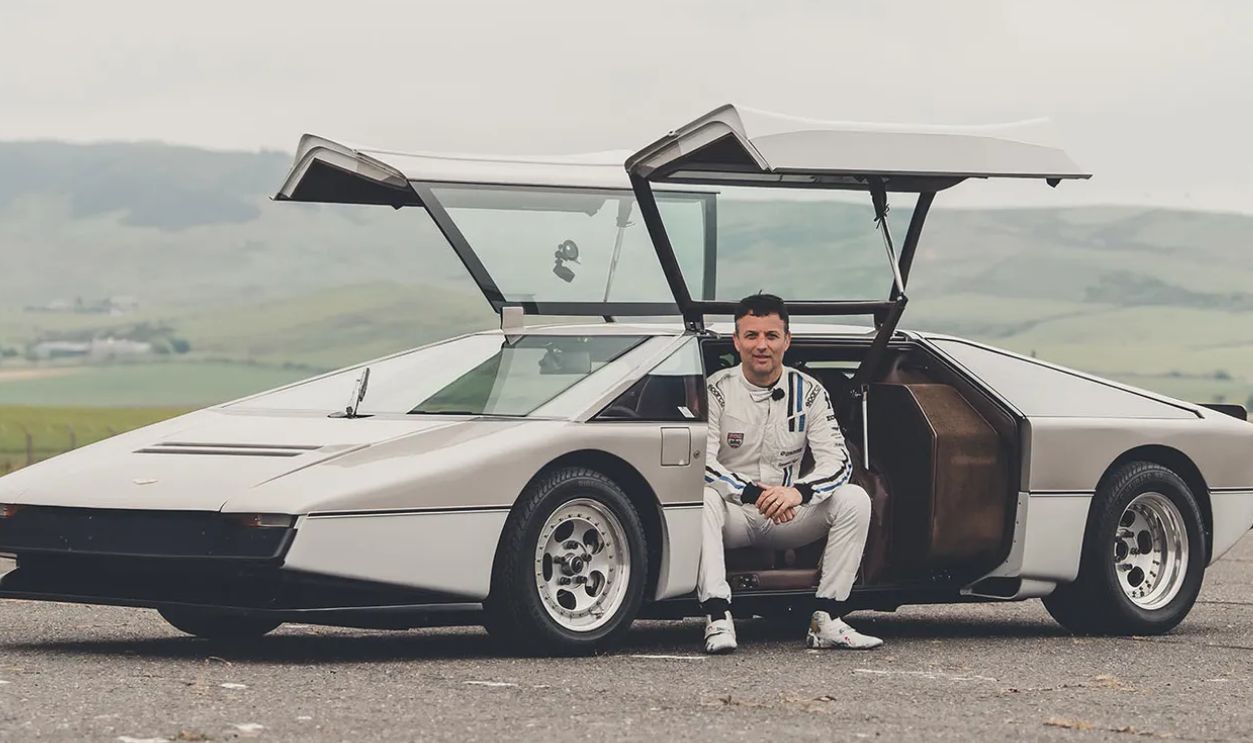
1970 De Tomaso Pantera
Italian design meets American muscle right here. With a roaring Ford 5.8-liter Cleveland V8 engine placed behind the seats, the Pantera could reach a high speed of around 280 km/h. The collaboration between De Tomaso and Ford indeed created a broader market appeal.
 1970 Ford De Tomaso Pantera - Italian STYLE & American POWER - Raiti's Rides by Raiti's Rides
1970 Ford De Tomaso Pantera - Italian STYLE & American POWER - Raiti's Rides by Raiti's Rides
1970 De Tomaso Pantera (Cont.)
The car had power-assisted four-wheel disc brakes and rack and pinion steering. Despite being loved by enthusiasts, the Pantera faced challenges from quality control issues and the economic downturn of the 1970s. Over 7,000 units were produced during its run.
 1970 Ford De Tomaso Pantera - Italian STYLE & American POWER - Raiti's Rides by Raiti's Rides
1970 Ford De Tomaso Pantera - Italian STYLE & American POWER - Raiti's Rides by Raiti's Rides
1972 Honda Civic
Talk about a revolution on wheels that's still remembered 52 years later. The most favorable market conditions for Honda's small marvel were brought forth by the global oil crisis in the early 1970s. After all, it had a lightweight construction and cleverly designed interior space.
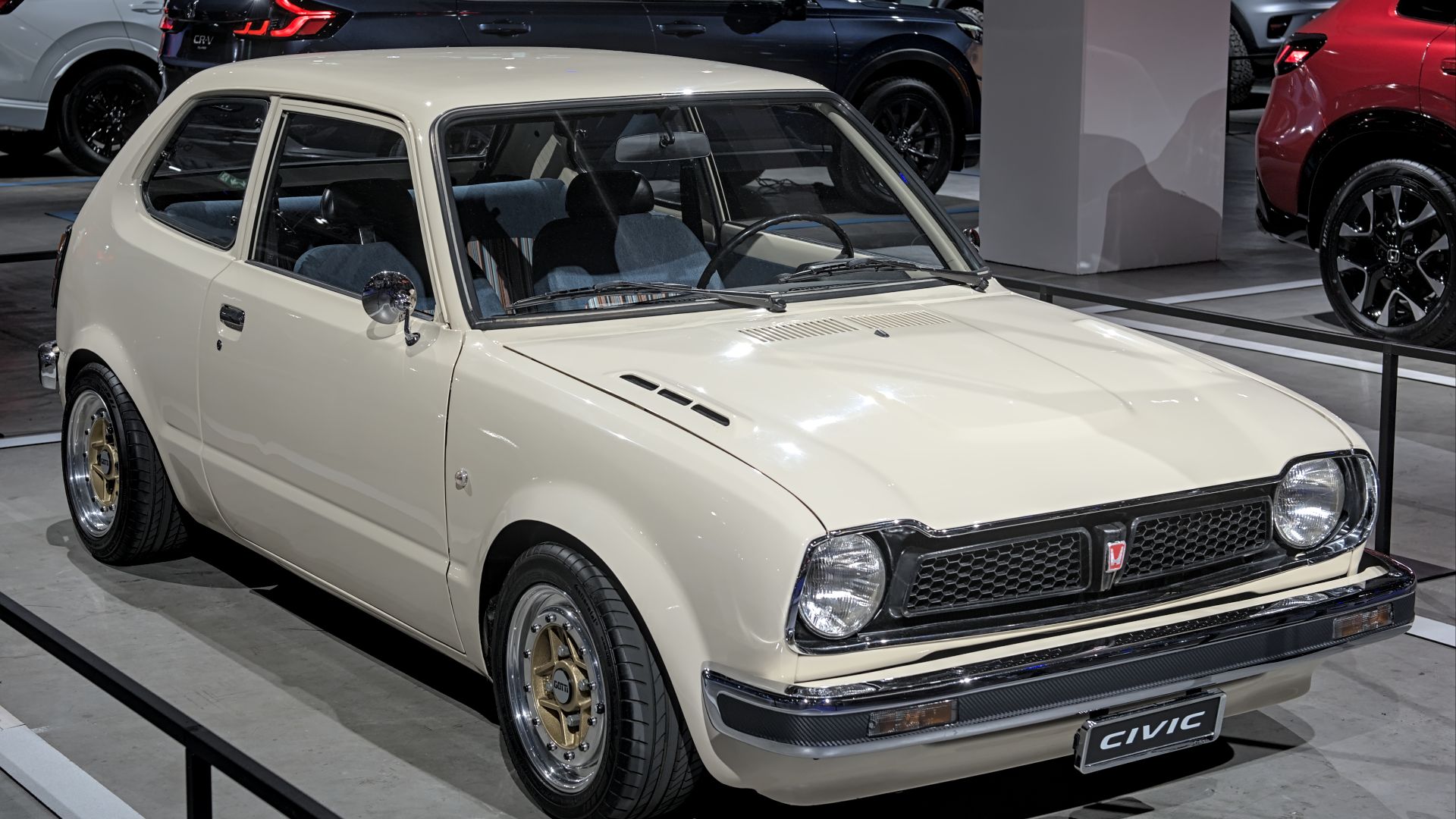 Alexander-93, Wikimedia Commons
Alexander-93, Wikimedia Commons
1972 Honda Civic (Cont.)
Before the Civic, American consumers generally equated small cars with poor quality, but this Japanese import changed that perception. Later models included a 1.5L CVCC (Compound Vortex Controlled Combustion) engine, which met strict emissions standards without needing a catalytic converter.
 Jeremy from Sydney, Australia, Wikimedia Commons
Jeremy from Sydney, Australia, Wikimedia Commons
1974 VW Scirocco
Engineering that balanced performance with practicality made the Scirocco an appealing alternative to VW's more utilitarian models. Many don't realize how this sporty hatchback maintained its essential character through decades of updates until its retirement in 2017.
1974 VW Scirocco (Cont.)
Volkswagen created something special—a fun-to-drive car with head-turning looks. Giorgetto Giugiaro designed the Scirocco, which was intended to replace the aging Karmann Ghia. Depending on the model and market regulations, it came with either rectangular or round headlights.
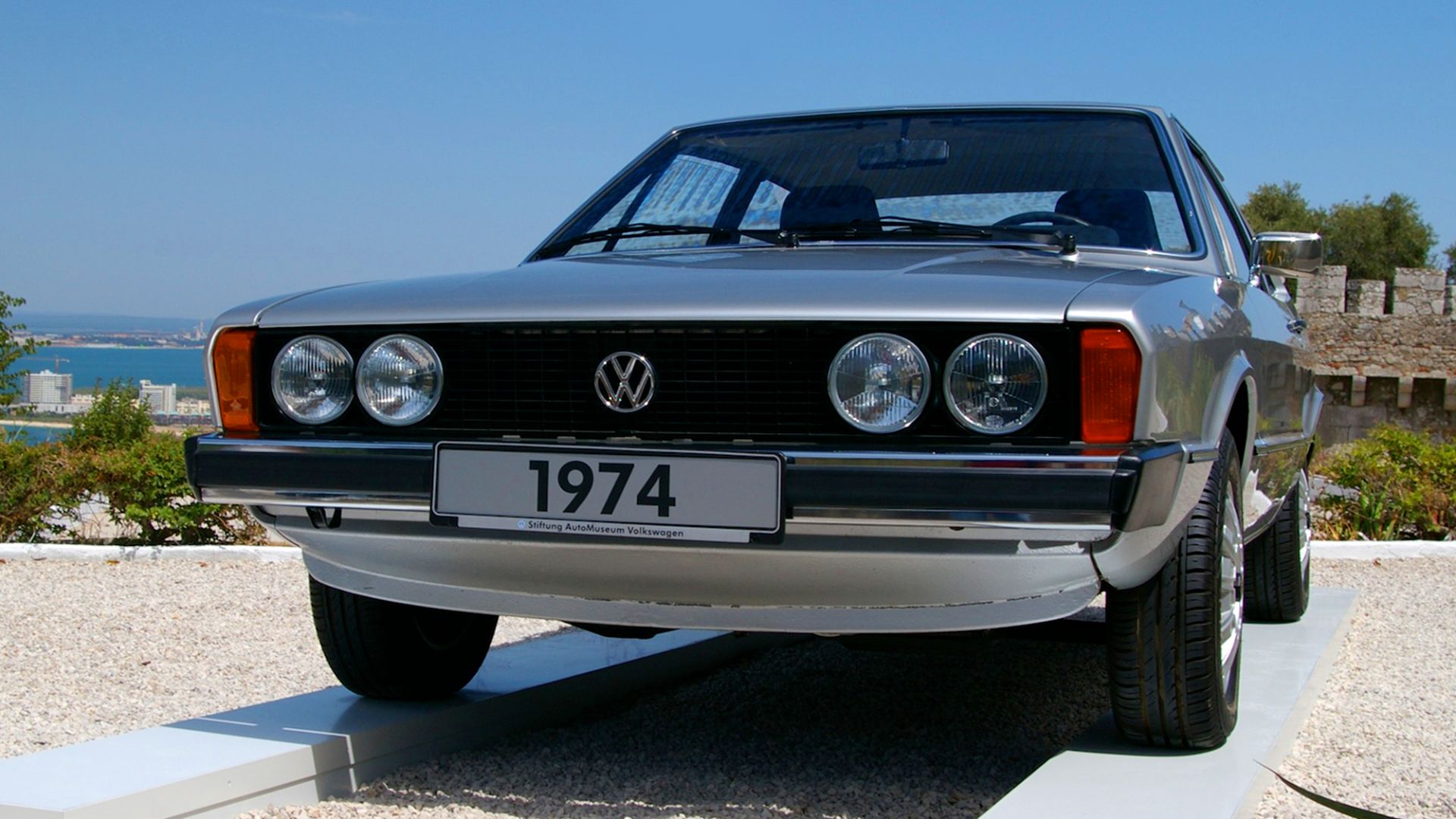 https://www.flickr.com/photos/janitors/, Wikimedia Commons
https://www.flickr.com/photos/janitors/, Wikimedia Commons
1978 BMW M1
Only about 453 units of the BMW M1 were produced, including both street and racing versions, making it a rare collector's item today. Initially a fascinating collaboration between BMW and Lamborghini, the project ultimately came fully under BMW's control after Lamborghini's financial troubles.
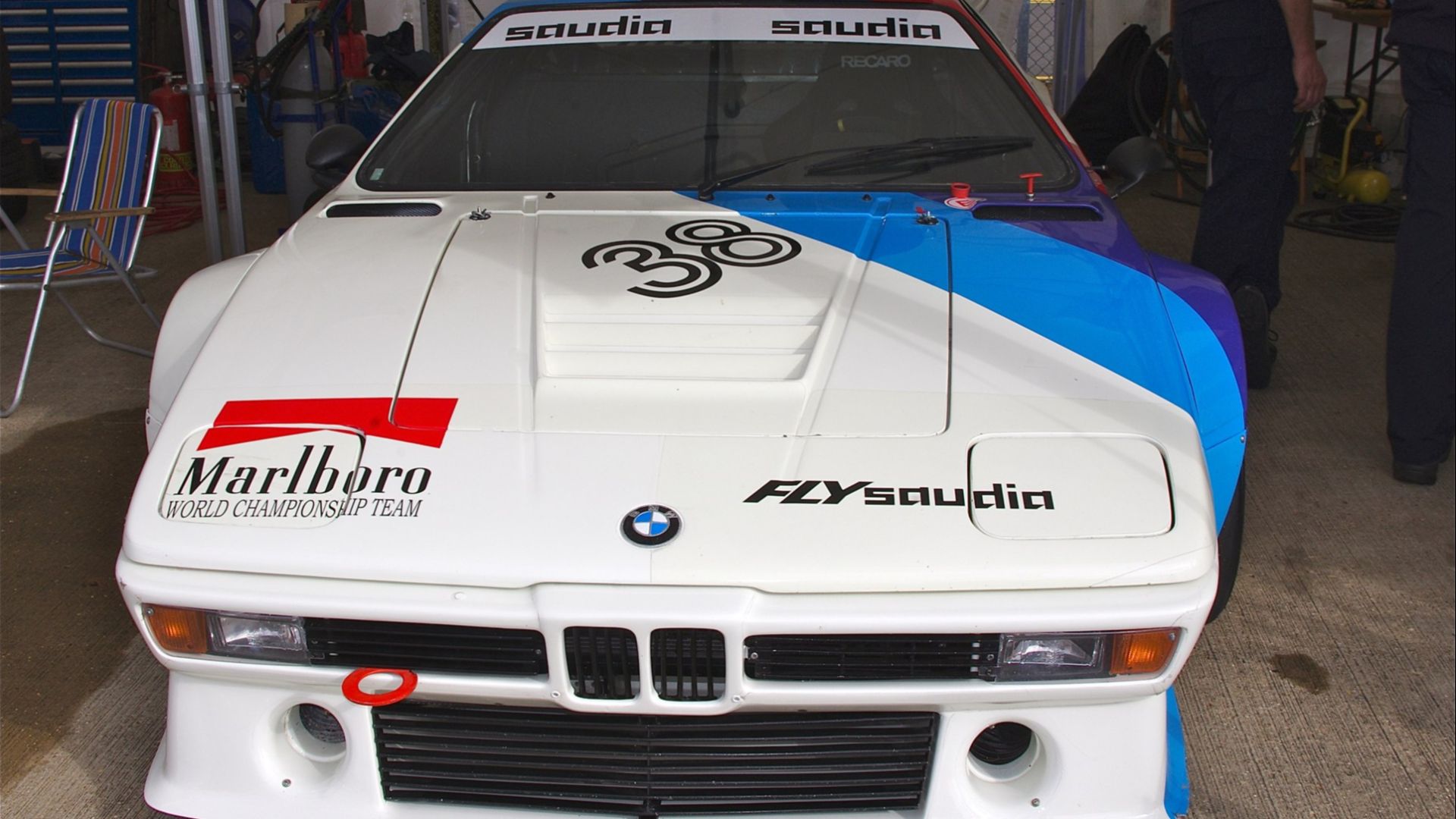 David Merrett from Daventry, England, Wikimedia Commons
David Merrett from Daventry, England, Wikimedia Commons
1978 BMW M1 (Cont.)
Did you know it was originally conceived purely for racing homologation? The aerodynamic body housed a potent 3.5-liter inline-six engine. Additionally, its suspension included double wishbones with Bilstein dampers, while ventilated steel brakes ensured reliable stopping power.
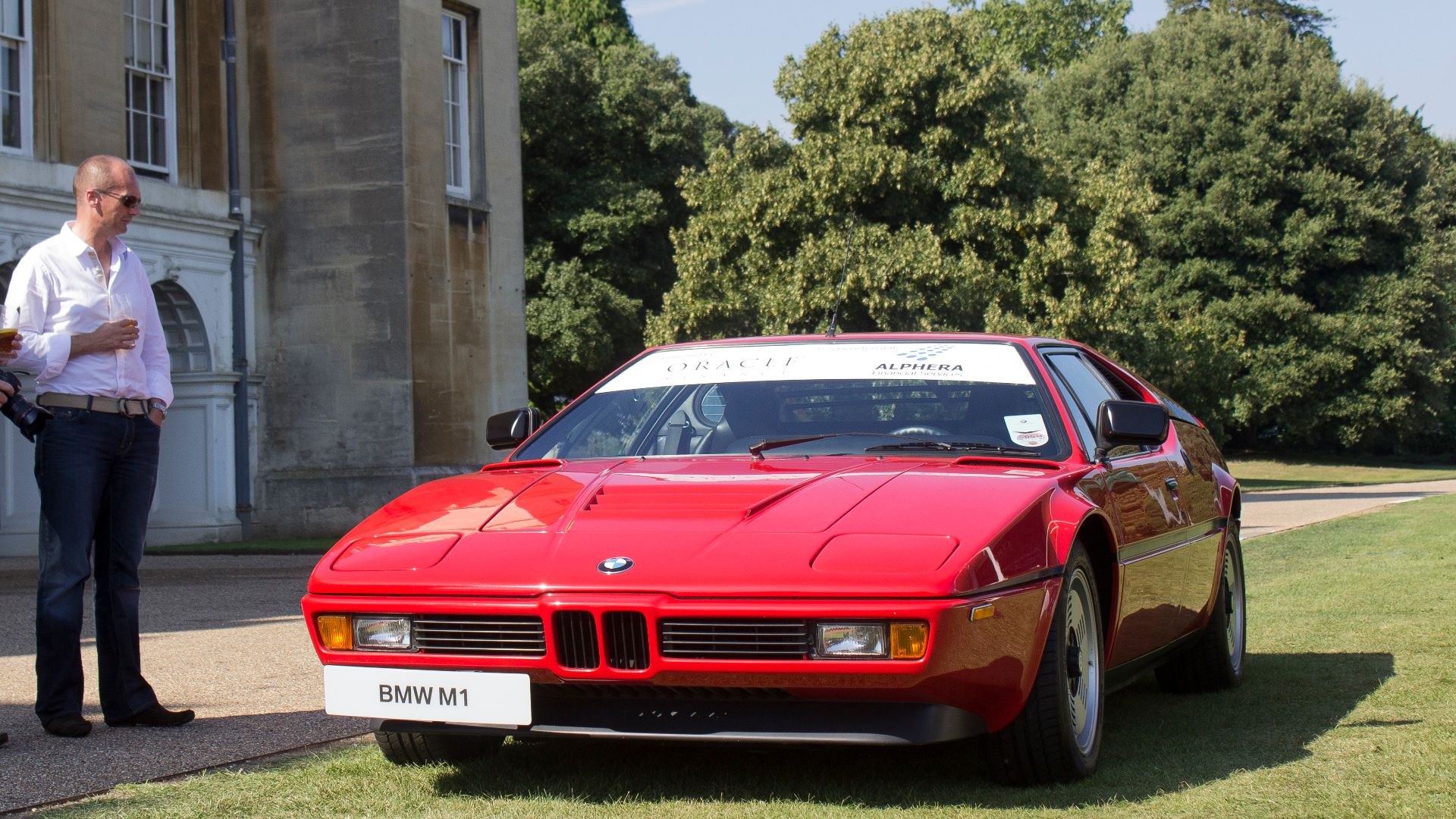 Spanish Coches, Wikimedia Commons
Spanish Coches, Wikimedia Commons
1976 Honda Accord
When Honda introduced the Accord to American shores, few could have predicted its impact. The Accord debuted on May 7, 1976, as a compact three-door hatchback. It was created to be economical and environmentally friendly, underlining the brand’s commitment to cleaner car solutions.
 2016 Honda Accord vs. 1976 Honda Accord by YOUCAR
2016 Honda Accord vs. 1976 Honda Accord by YOUCAR
1976 Honda Accord (Cont.)
It featured a 1.6-liter CVCC 4-cylinder engine that gave out about 68 horsepower for the North American market. The beast also had a wheelbase of 93.7 inches and weighed approximately 2,000 pounds, possessing a moderate size.
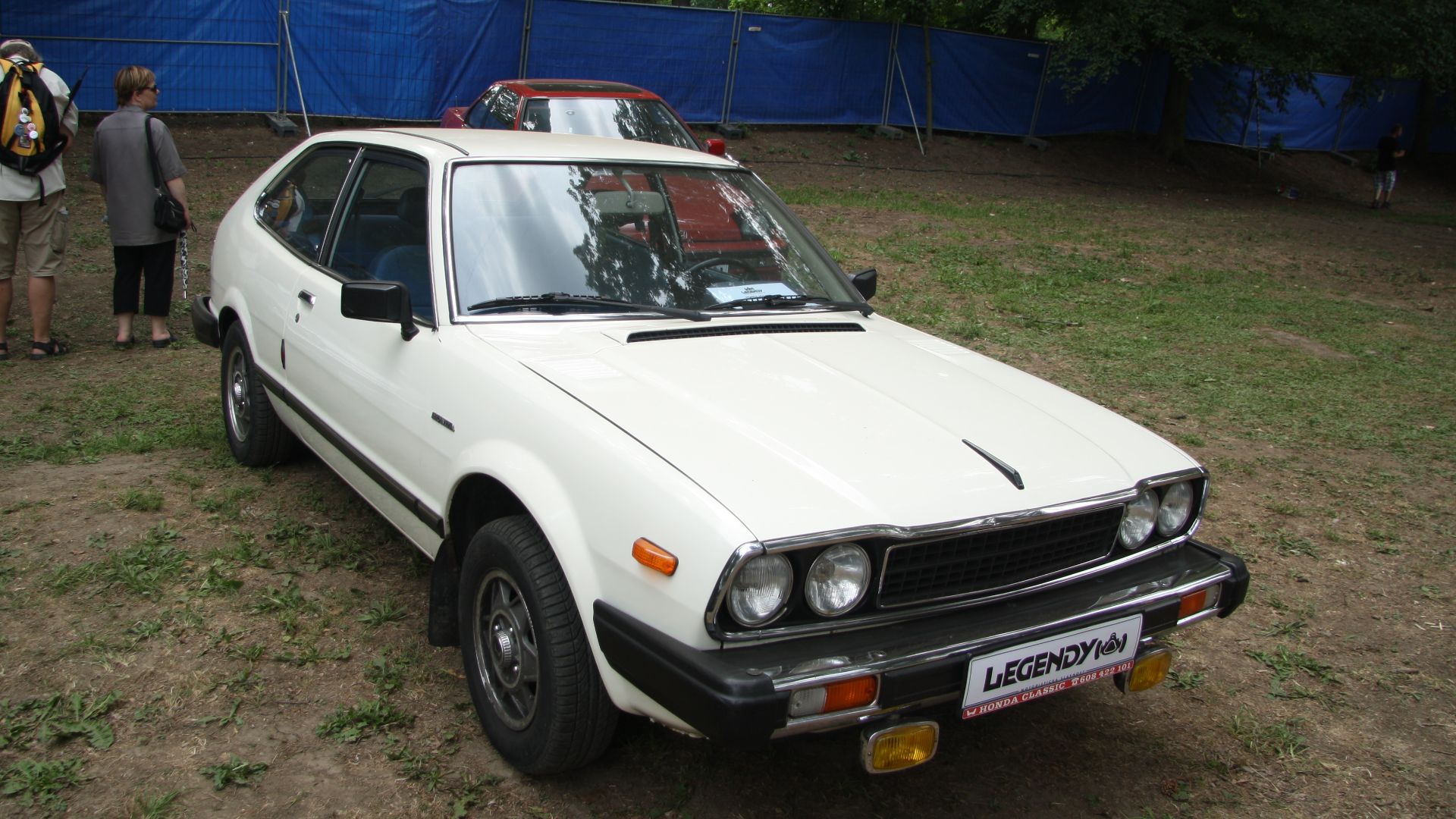 Jiri Sedlacek, Wikimedia Commons
Jiri Sedlacek, Wikimedia Commons
1970 Toyota Celica
Introduced in December 1970, the 1970 Toyota Celica was the company's first mass-market sports coupe. It was produced until July 1977 as the first version of the Celica series. Initially a two-door hardtop coupe, it later expanded to include liftback models in 1973.
1970 Toyota Celica (Cont.)
This car’s engine options were powered by Toyota's R-series inline-four engines, with displacements ranging from 1.6L to 2.0L, depending on the market. The US version first came with a 1.9L engine that cranked out around 97 horsepower.
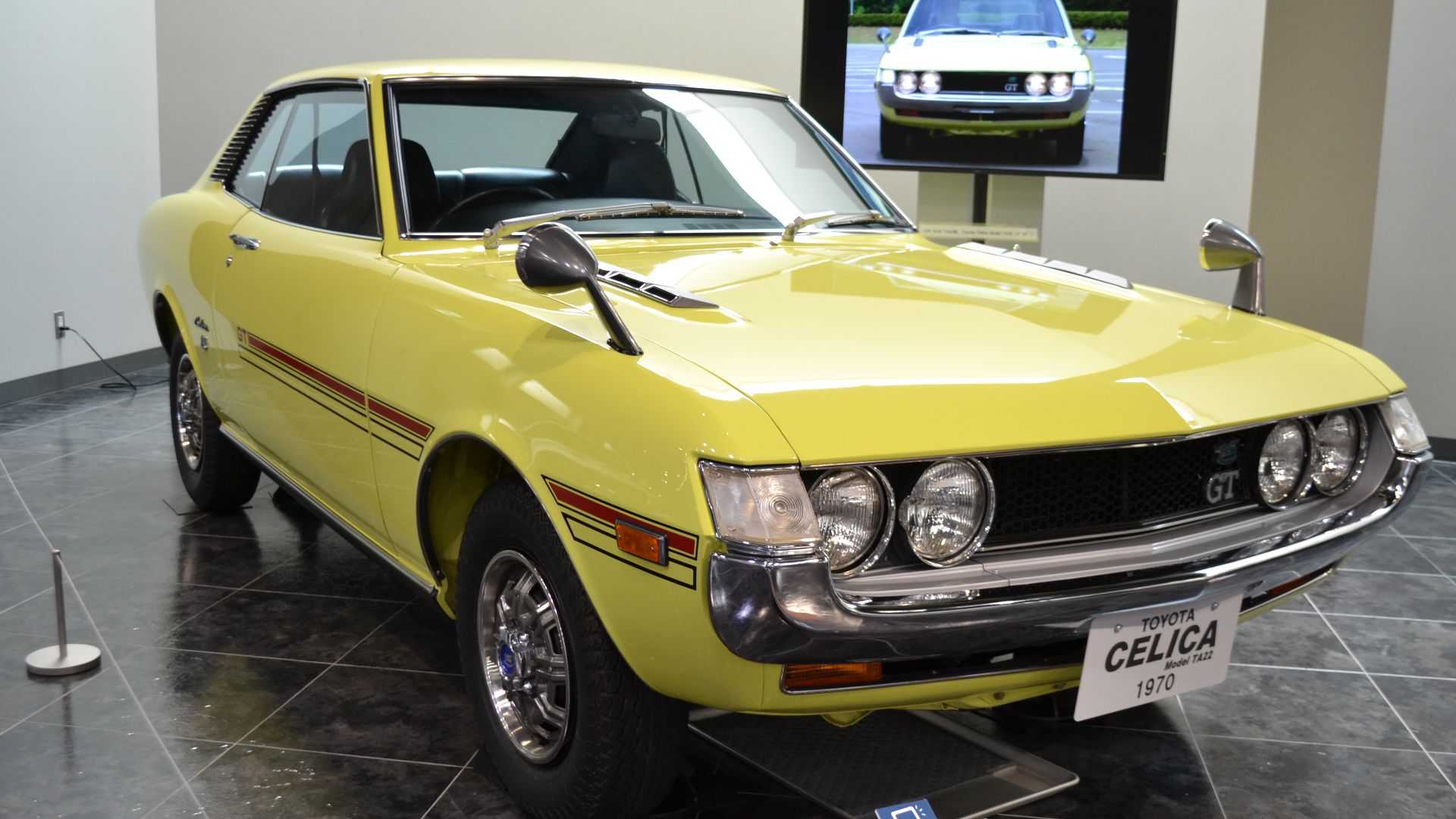 Senjukaishi, Wikimedia Commons
Senjukaishi, Wikimedia Commons
1978 Toyota Supra
Many people remember this car as the Celica XX in its Japanese homeland. The first-generation Supra (A40/A50 series) featured a fastback layout. It was longer than the Celica by 129.5 mm to accommodate a six-cylinder engine instead of the Celica's four-cylinder.
1978 Toyota Supra (Cont.)
What made the Supra special was how it established itself as a capable GT car. In terms of the drivetrain, it used a solid rear axle with an optional limited-slip differential. The suspension systems included MacPherson struts in the front.
1972 Panther J72
This meticulous homage to the legendary 1930s Jaguar SS100 puts together hand-built British craftsmanship with classic styling. It was fitted with a 4.2-liter inline-six engine that produced around 175 PS (173 bhp) and 310 Nm (229 lb-ft) of torque.
1972 Panther J72 (Cont.)
Built on a rectangular steel ladder chassis with an aluminum body, the J72 was noted for its lightweight yet sturdy structure. As per reports, this car won the Silver Award for coachwork at the 1973 London Motor Show.
1976 Panther Lima
Around 900 Lima Mk I automobiles were made from 1976 to 1979. Then, in 1979, they rolled out the Mk II, which had a beefed-up chassis and some interesting cosmetic updates. The Panther Lima was eventually replaced by the Panther Kallista in the early 80s.
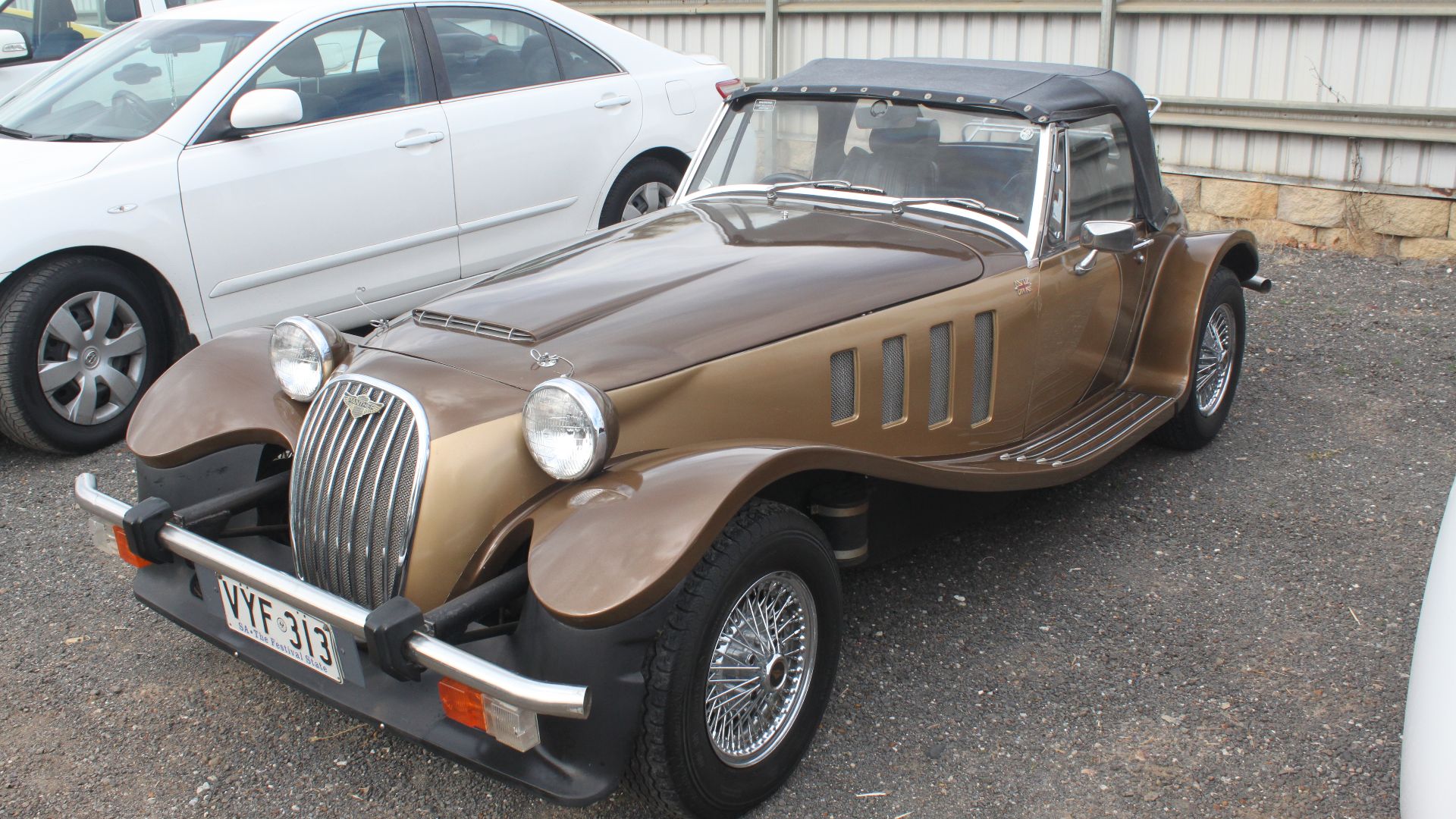 Jeremy from Sydney, Australia, Wikimedia Commons
Jeremy from Sydney, Australia, Wikimedia Commons
1976 Panther Lima (Cont.)
The Lima was driven by a 2.3L inline-four Vauxhall Magnum engine that delivered around 108 hp and 138 lb-ft of torque. A four-speed manual transmission was standard, while an automatic was optional. Its dimensions included a length of about 3610 mm.
1974 Panther De Ville
Elongated lines, a distinctive grille, and lavish detailing make this ultra-rare luxury car impossible to ignore. The beast could race from 0 to 60 mph in approximately 12 seconds and had a top speed of about 110 mph.
1974 Panther De Ville (Cont.)
So, the interiors were lavishly appointed, often having luxury amenities such as televisions and drinks bars. This catered to the tastes of its wealthy clientele. Constructed on a tubular frame with Jaguar suspension components, the De Ville delivered a smooth ride.
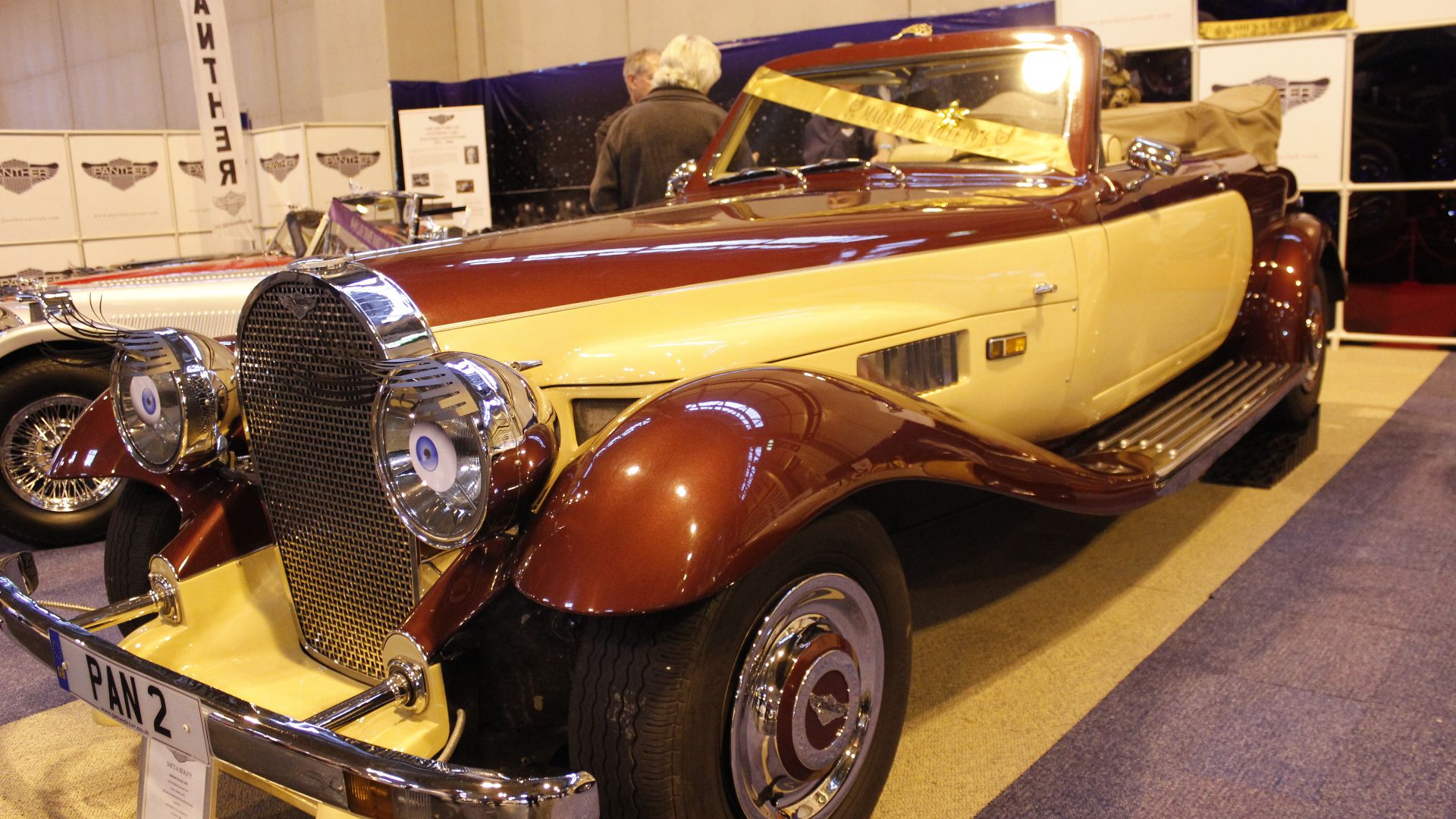 Thomas's Pics, Wikimedia Commons
Thomas's Pics, Wikimedia Commons
1979 Aston Martin Bulldog
Only a single prototype of this revolutionary concept car was ever produced. Aston Martin commissioned the Bulldog with an ambitious goal, which was to break the 200 mph speed barrier with its twin-turbocharged V8 engine. It shares a striking resemblance to the DeLorean DMC-12.
1979 Aston Martin Bulldog (Cont.)
The Bulldog was styled by William Towns in a wedge shape and had gullwing doors. Its low profile and sleek lines were made to reduce drag. During testing, the automobile reached a maximum speed of 191 mph, later confirmed to exceed 200 mph after restoration efforts in 2023.
1971 Stutz Blackhawk
When it debuted, Hollywood royalty flocked to this hand-built symbol of automotive extravagance. Frank Sinatra, Sammy Davis Jr., and Elvis Presley were among the celebrities who owned these machines. Each Blackhawk required precise hand craftsmanship, resulting in quite a hefty price tag.
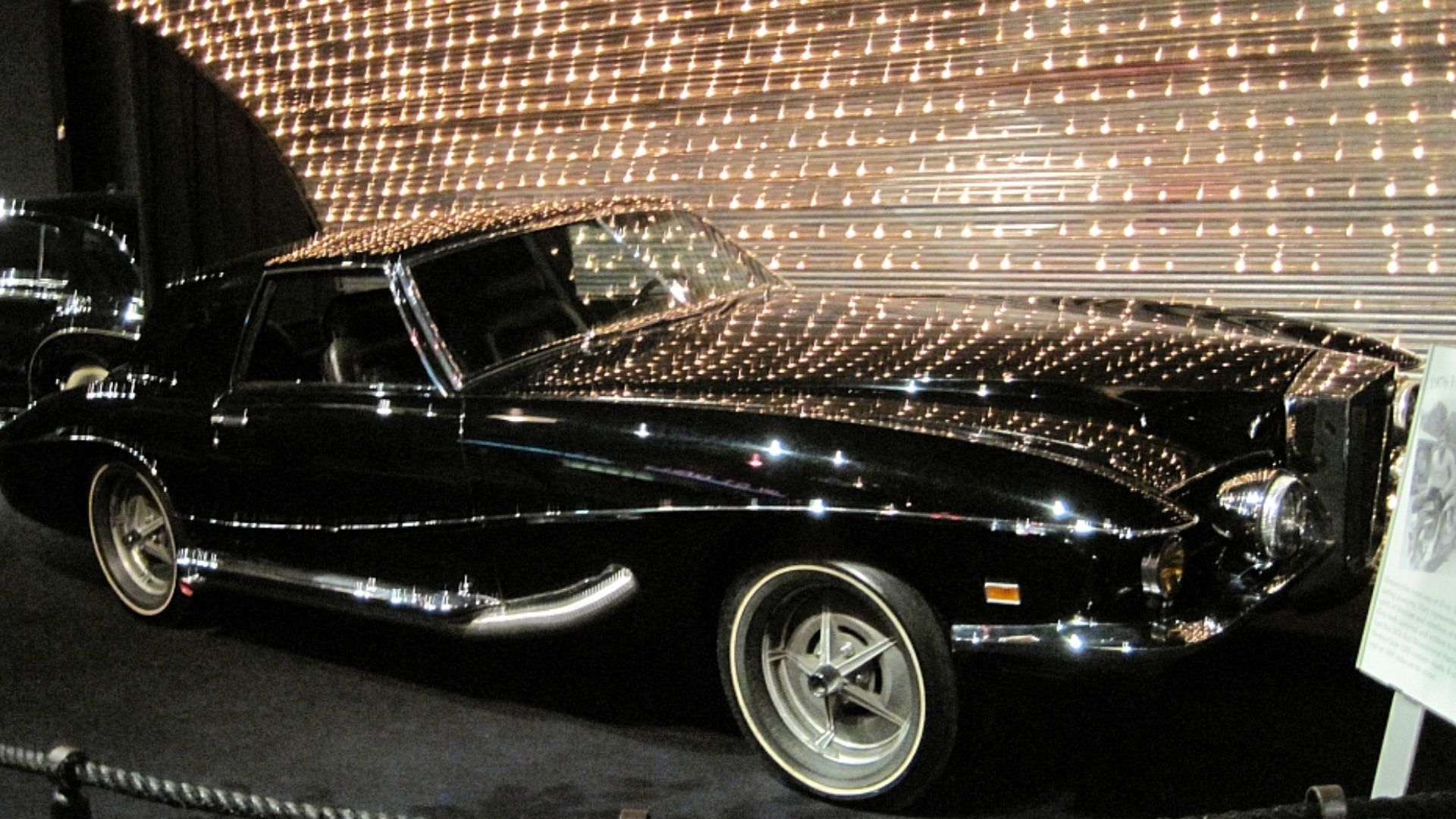 Thomas R Machnitzki (thomasmachnitzki.com), Wikimedia Commons
Thomas R Machnitzki (thomasmachnitzki.com), Wikimedia Commons
1971 Stutz Blackhawk (Cont.)
Virgil Exner crafted the layout, which displayed a protruding spare tire built into the trunk lid, freestanding headlamps, and overhanging fender tips. The car was built on a Pontiac Grand Prix basis with a 118-inch wheelbase and stretched over 210 inches in length.
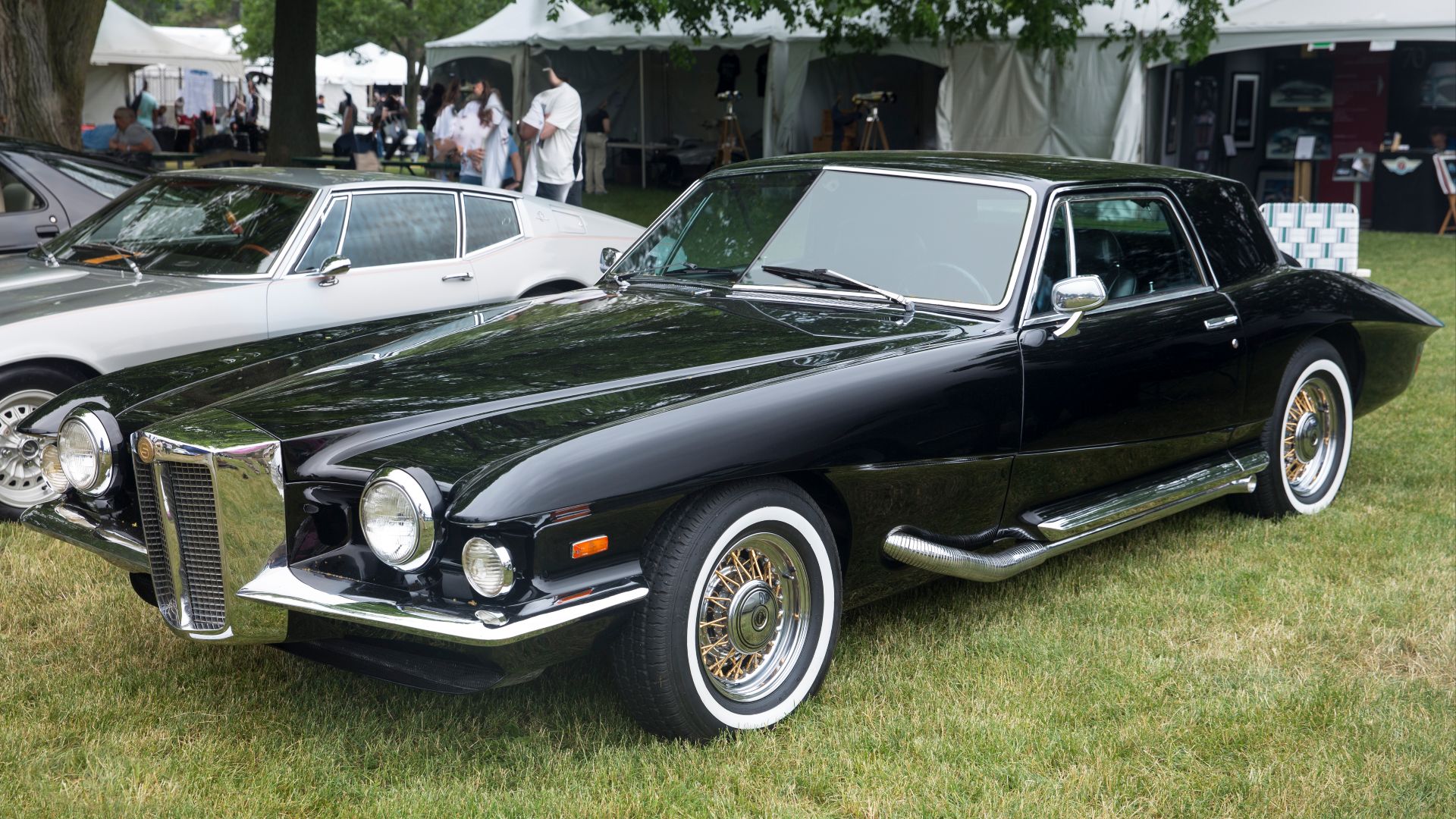 Mr.choppers, Wikimedia Commons
Mr.choppers, Wikimedia Commons
1972 Volkswagen SP2
Volkswagen do Brasil developed the 1972 Volkswagen SP2, a sports vehicle that was manufactured from July 1972 to December 1975. It had a steel backbone structure with floor pans added, and it was based on the Brazilian VW Type 3 framework.
 Andrew Bone from Weymouth, England, Wikimedia Commons
Andrew Bone from Weymouth, England, Wikimedia Commons
1972 Volkswagen SP2 (Cont.)
Hobby magazine named the SP2 the "most beautiful Volkswagen in the world" in 1973, praising its long-nosed two-door coupe style. Powering the SP2 was a 1.7-liter air-cooled "pancake" engine that generated around 65 hp, enabling a high speed of 161 km/h (100 mph).
 Volkswagen do Brasil, Wikimedia Commons
Volkswagen do Brasil, Wikimedia Commons
1975 AMC Pacer
Sometimes, a car becomes cool much after it is initially considered boring, and no vehicle stands as an example of this phenomenon better than AMC's “wide small car”. The Pacer had a wheelbase of 100 inches and a width of 77.3 inches (unusually wide for its class).
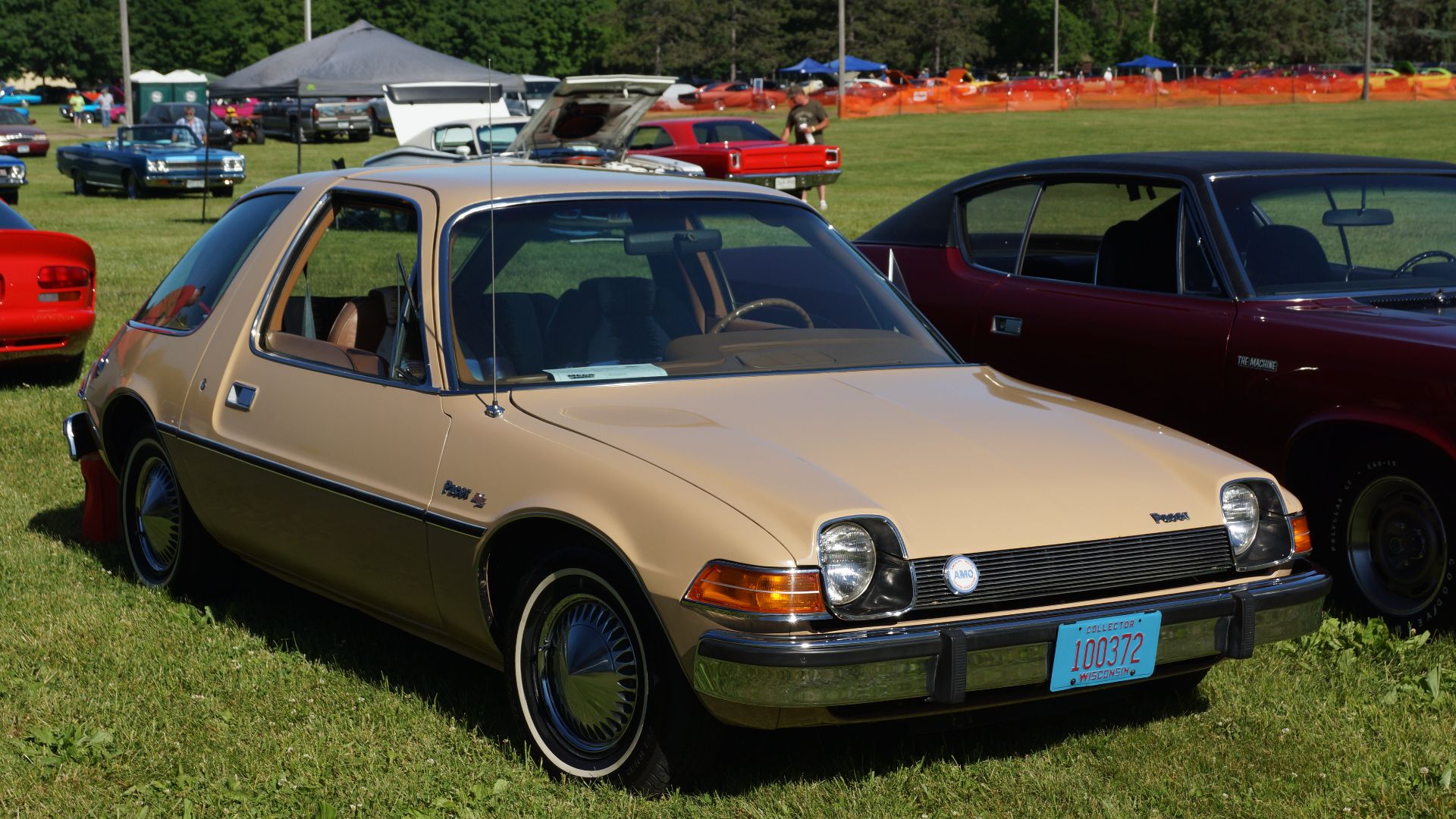 Greg Gjerdingen from Willmar, USA, Wikimedia Commons
Greg Gjerdingen from Willmar, USA, Wikimedia Commons
1975 AMC Pacer (Cont.)
Performance included a top speed of up to 105 mph and acceleration from 0-60 mph in approximately 12–15 seconds. It was among the first US-produced cars to offer rack-and-pinion steering. Inside, the Pacer provided ample headroom and legroom, with front bucket seats and polyurethane dash trim.
1973 Matra Simca Bagheera
Named after the panther in Rudyard Kipling's The Jungle Book, this French sports car featured one of the most unusual seating arrangements ever conceived. Its standout feature was the three-abreast seating arrangement, an unconventional choice by Matra's head of engineering, Philippe Guedon.
1973 Matra Simca Bagheera (Cont.)
Independent suspension with torsion bars and servo-assisted disc brakes on all four wheels provided great handling. The Bagheera's interior came with sculpted seating for three passengers, a lack of a central console to create more legroom, and a two-spoke "A-pattern" steering wheel.
1979 Volkswagen Jetta
Making its debut at the very end of the decade, this practical sedan would go on to become one of Volkswagen's most successful global models. The original Jetta shared its platform with the Golf but added a conventional trunk to appeal to traditional sedan buyers.
1979 Volkswagen Jetta (Cont.)
This masterpiece was initially available in two-door and four-door sedan versions, both sharing the Golf Mk1's platform and 2,400 mm (94.5 in) wheelbase. The engine options ranged from a 1.1-liter petrol engine producing 50 hp to a 1.8-liter petrol engine with 110 hp.
 Sven Storbeck, Wikimedia Commons
Sven Storbeck, Wikimedia Commons
1971 Holden HQ
Australia's contribution to global automotive culture often goes overlooked, but this third-generation Kingswood deserves recognition for its impact down under. Between 1971 and 1974, these versatile vehicles became fixtures of Australian family life, available in sedan, wagon, and utility variants to suit diverse needs.
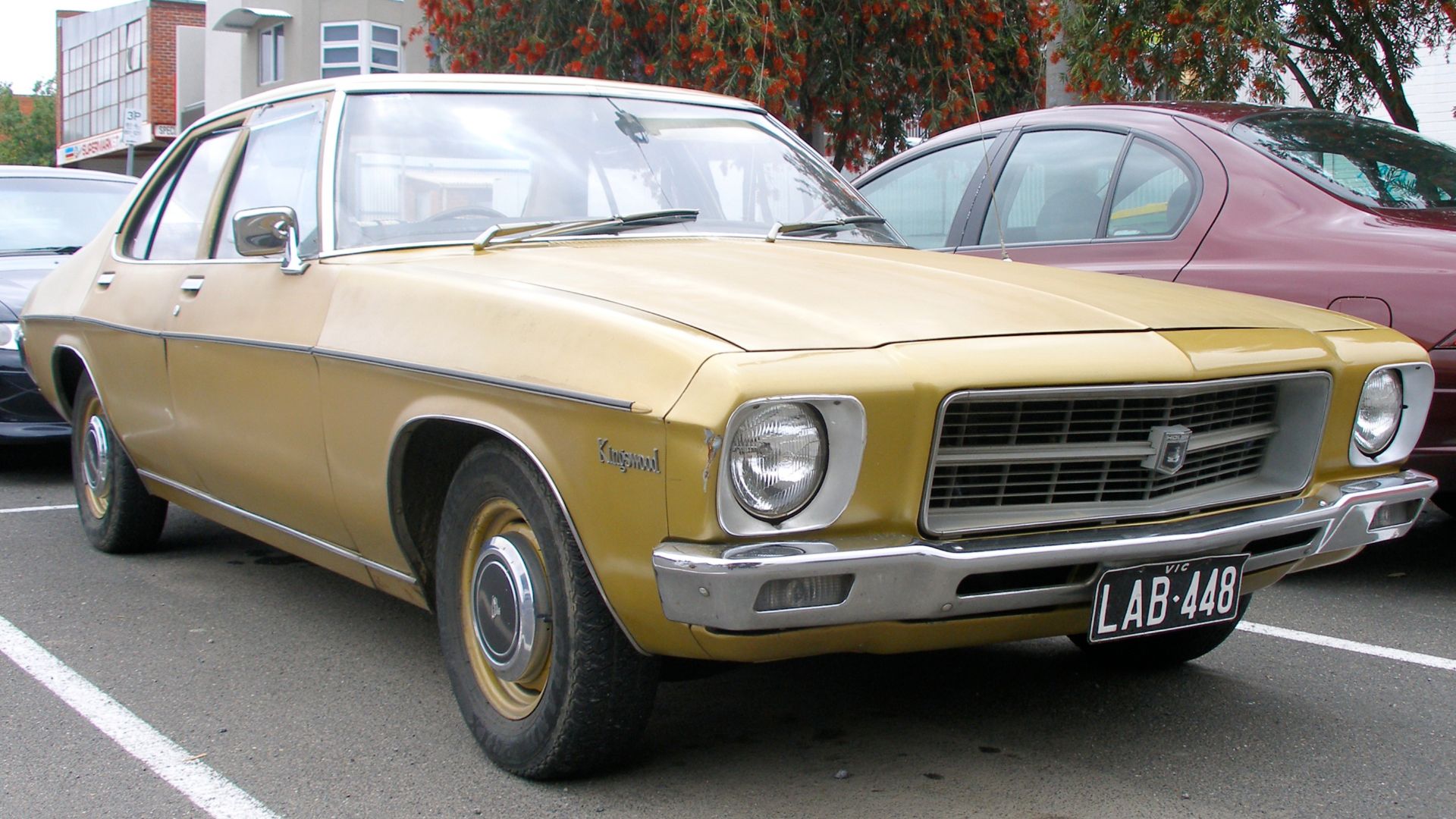 Chris Keating from Melbourne, Australia, Wikimedia Commons
Chris Keating from Melbourne, Australia, Wikimedia Commons
1971 Holden HQ (Cont.)
It represented the first complete redesign of Holden vehicles since the original 48-215 in 1948. Styled under the direction of Phillip Zmood, the HQ showed off a sleek and elegant layout with international GM influences. It had a "W-shaped" nosecone and balanced proportions.
 Chris Keating from Melbourne, Australia, Wikimedia Commons
Chris Keating from Melbourne, Australia, Wikimedia Commons
1975 Chrysler Cordoba
"Rich Corinthian leather" became a household phrase thanks to actor Ricardo Montalban's television commercials for this luxurious personal coupe. The marketing campaign's success is even more noteworthy considering there's actually no distinct category of leather known as “Corinthian”. It was simply clever branding.
1975 Chrysler Cordoba (Cont.)
With around 150,000 units sold in its debut year, the Cordoba was important for Chrysler, accounting for about 60% of the company's sales during a challenging period. It helped establish the personal luxury segment in America with options for bench or bucket seats.
 Greg Gjerdingen from Willmar, USA, Wikimedia Commons
Greg Gjerdingen from Willmar, USA, Wikimedia Commons
1978 Chrysler Valiant CM
Produced from 1978 to 1981, the beloved Australian Chrysler Valiant series ended with the 1978 Chrysler Valiant CM. It was the last domestic Chrysler vehicle produced in Australia and was a facelifted version of the CL Valiant.
1978 Chrysler Valiant CM (Cont.)
Although the body panels were retained from the preceding CL model, the CM had some modest visual changes. For example, there was a new grille, updated moldings, badges, and altered tail lights. All engines had Chrysler's "Electronic Lean Burn System" (ELB).
1977 Monteverdi Sierra
There were only about 20 of the 1977 Monteverdi Sierra, a premium car made in Switzerland, manufactured between 1977 and 1980. Two convertible models were taken from the Dodge Diplomat coupe, and it was based on the Plymouth Volare and Dodge Aspen platforms.
1977 Monteverdi Sierra (Cont.)
Plus, the suspension was upgraded from Chrysler’s torsion bar system to independent wishbones, coil springs, adjustable shock absorbers, and a stabilizer bar. Inside, you would find custom Italian leather upholstery, bespoke gauge clusters, and a redesigned console for a luxurious feel.
1975 AMC Gremlin
The quintessential "love it or hate it" car of the decade displayed one of the most distinctive profiles ever to roll off an American assembly line. Ideated by Mr. Teague, it had a "Kammback" rear style and was built on a shortened version of the AMC Hornet platform.
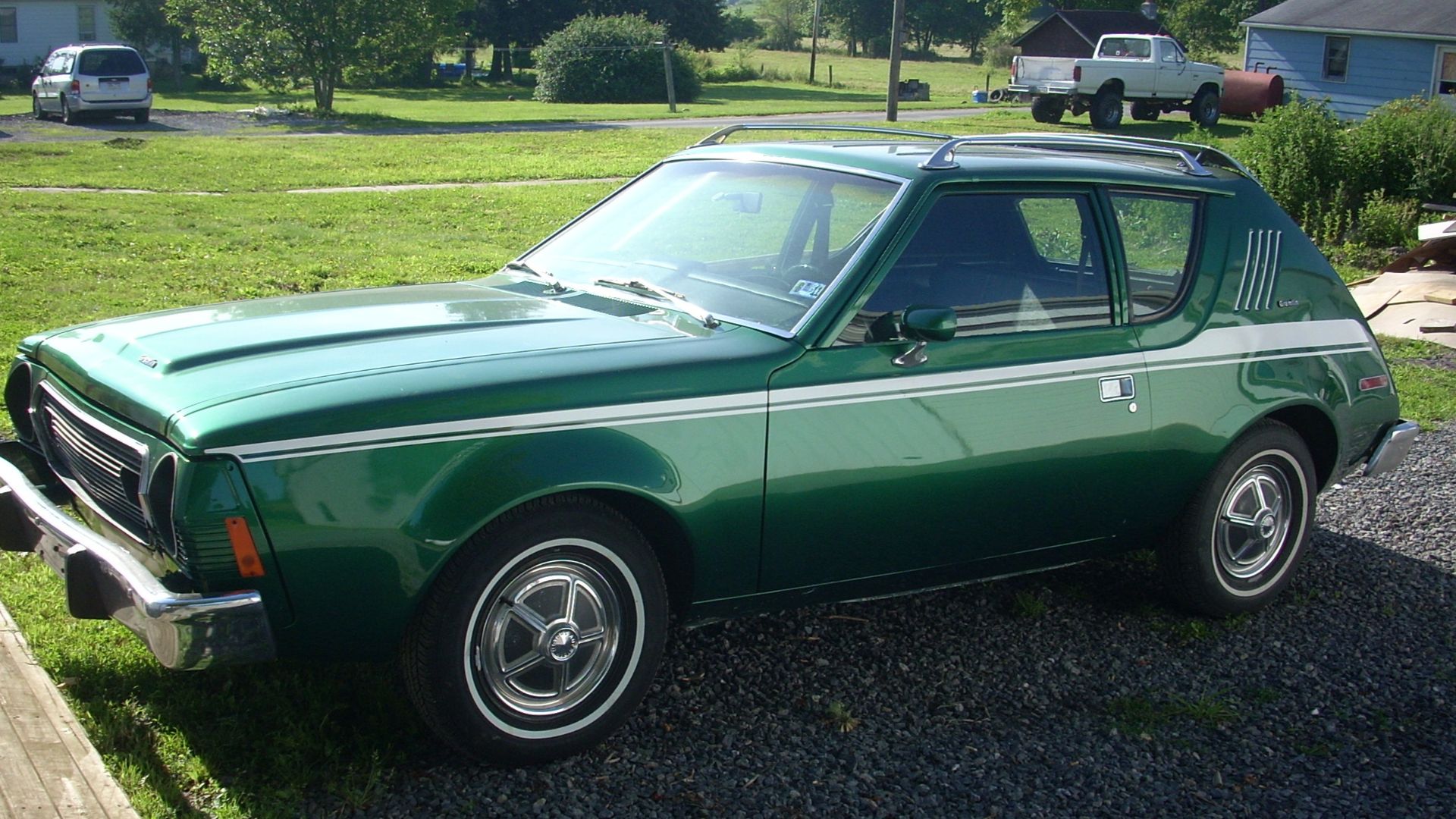 Gerry Dincher from Hope Mills, NC, Wikimedia Commons
Gerry Dincher from Hope Mills, NC, Wikimedia Commons
1975 AMC Gremlin (Cont.)
Despite its quirky appearance and budget-conscious origins, the Gremlin developed a dedicated following. It was available for purchase with a 3-speed manual, a 4-speed manual, or a 3-speed automatic transmission. In 1975, an optional push-button-operated overdrive system was added for manual transmissions.
 Mustang Joe, CC0, Wikimedia Commons
Mustang Joe, CC0, Wikimedia Commons
1973 Reliant Robin
In Tamworth, England, the Reliant Motor Company manufactured the not-so-heavy, three-wheeled 1973 Reliant Robin. It was originally launched in November 1973 as the Reliant Regal's replacement. Basic amenities like a rear bench seat, heater, and windshield wipers were present.
 Edoderoo, CC BY-SA 4.0, Wikimedia Commons
Edoderoo, CC BY-SA 4.0, Wikimedia Commons
1973 Reliant Robin (Cont.)
The Robin's solid size and fuel efficiency (up to 100 mpg in ideal conditions) made it an economical option during the 1970s fuel crisis. Similarly, its load capacity of 30 cubic feet, with rear seats folded, was considered pretty practical for families.


